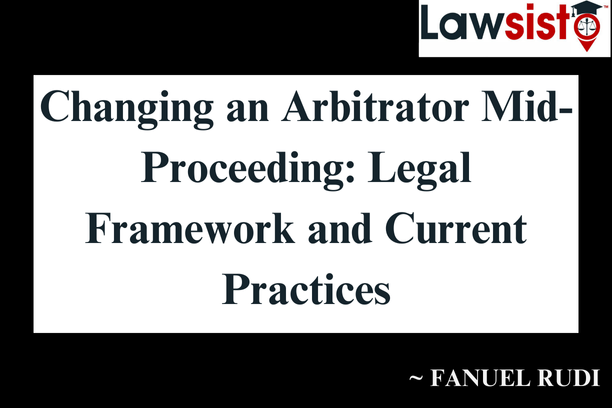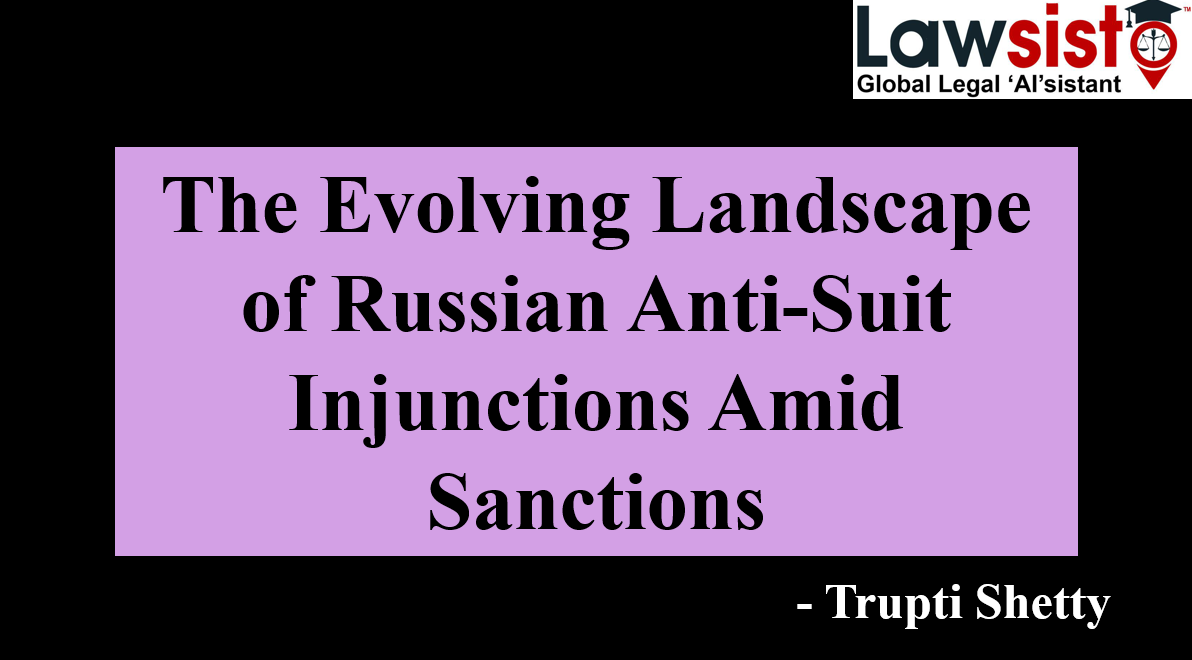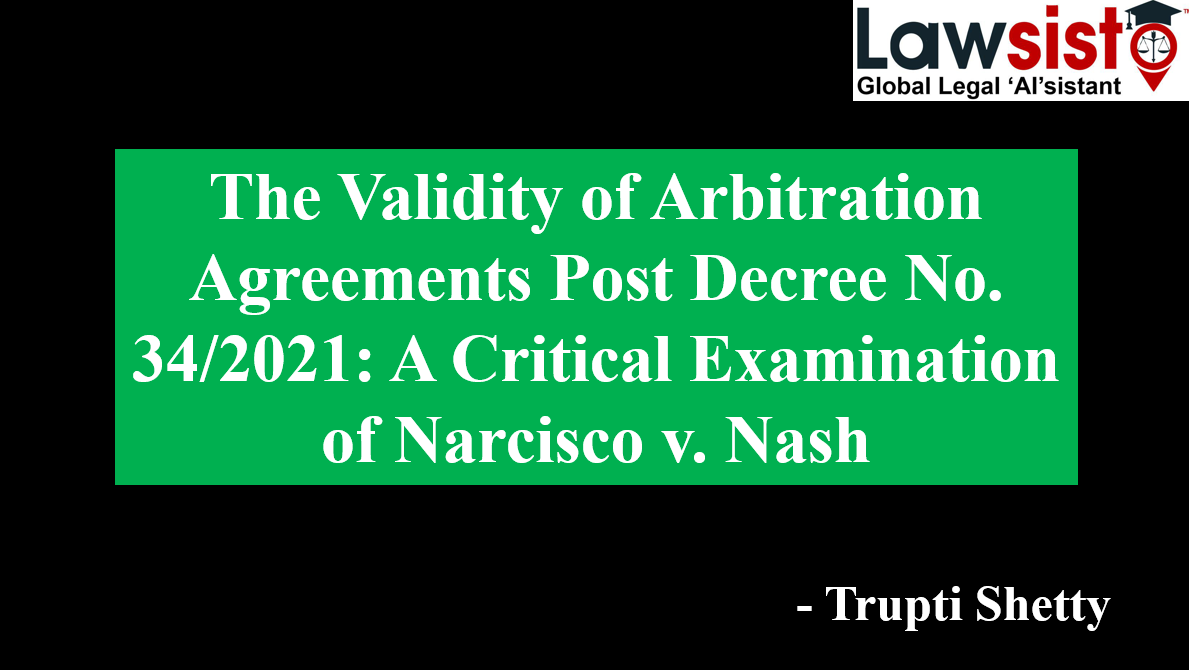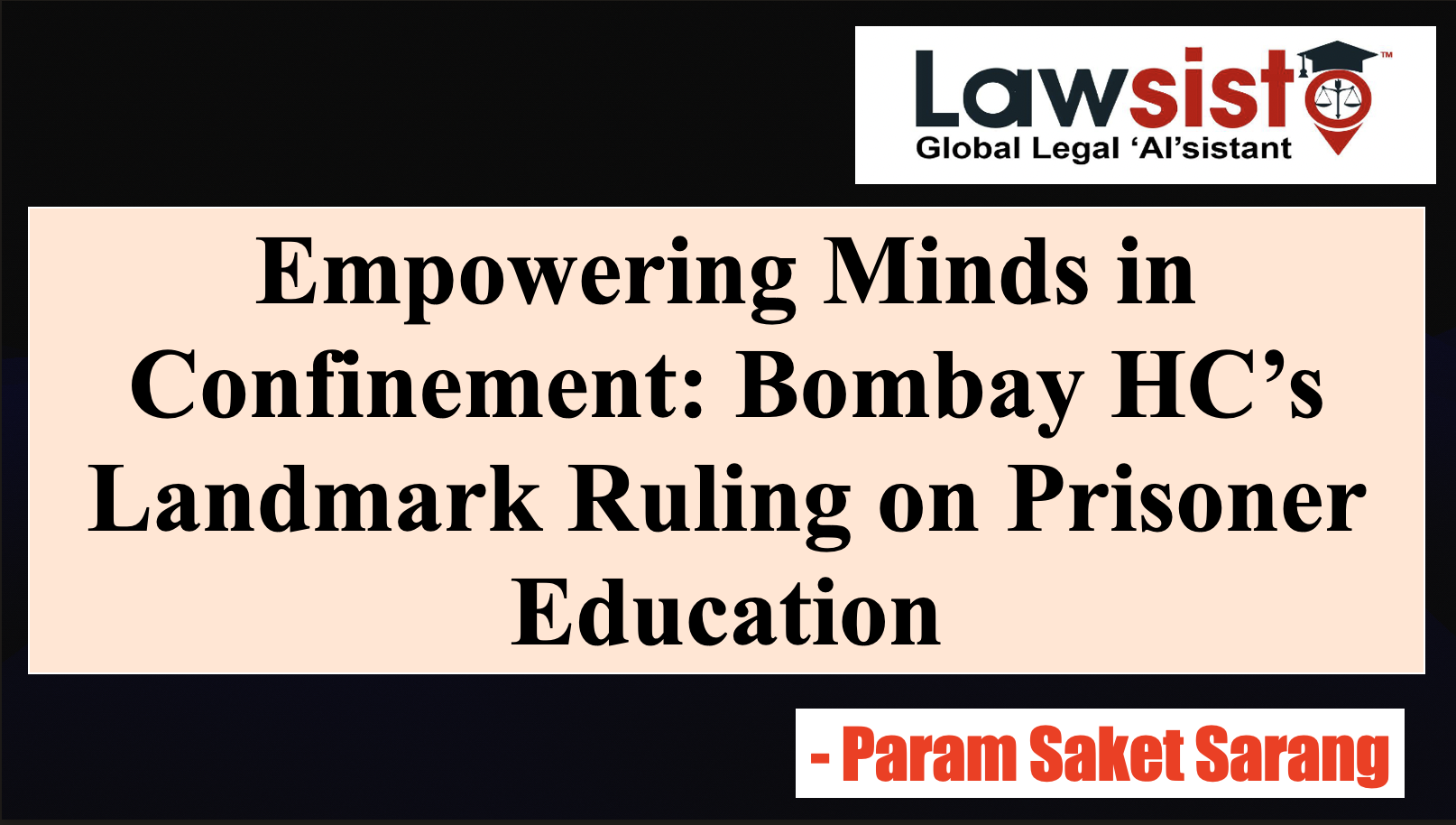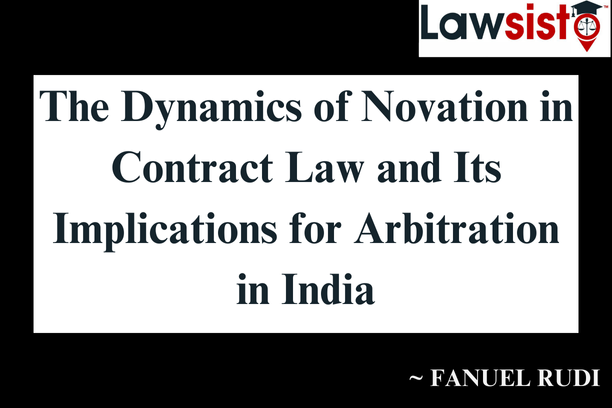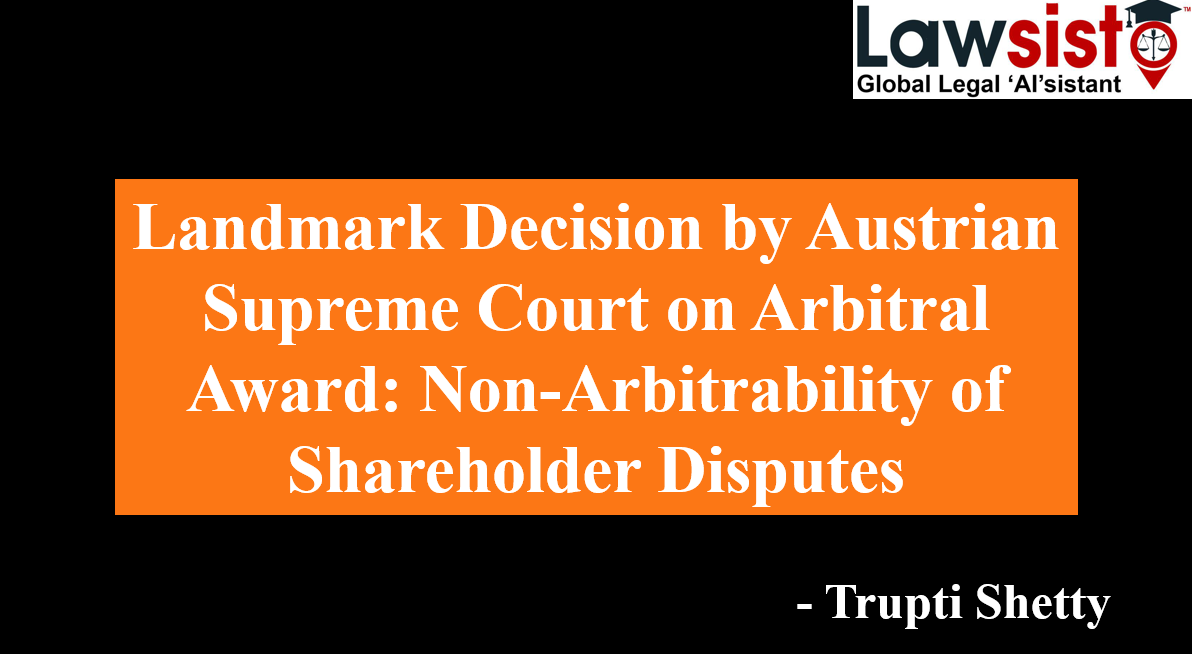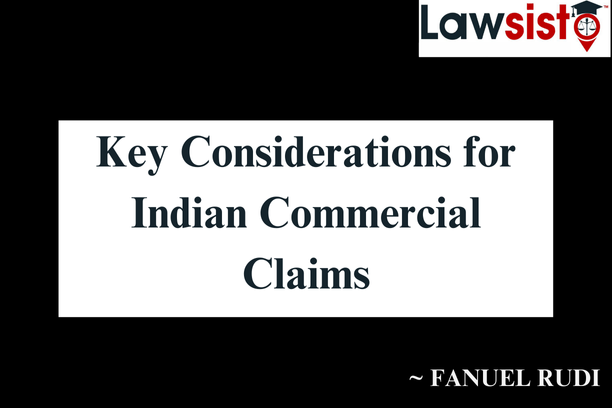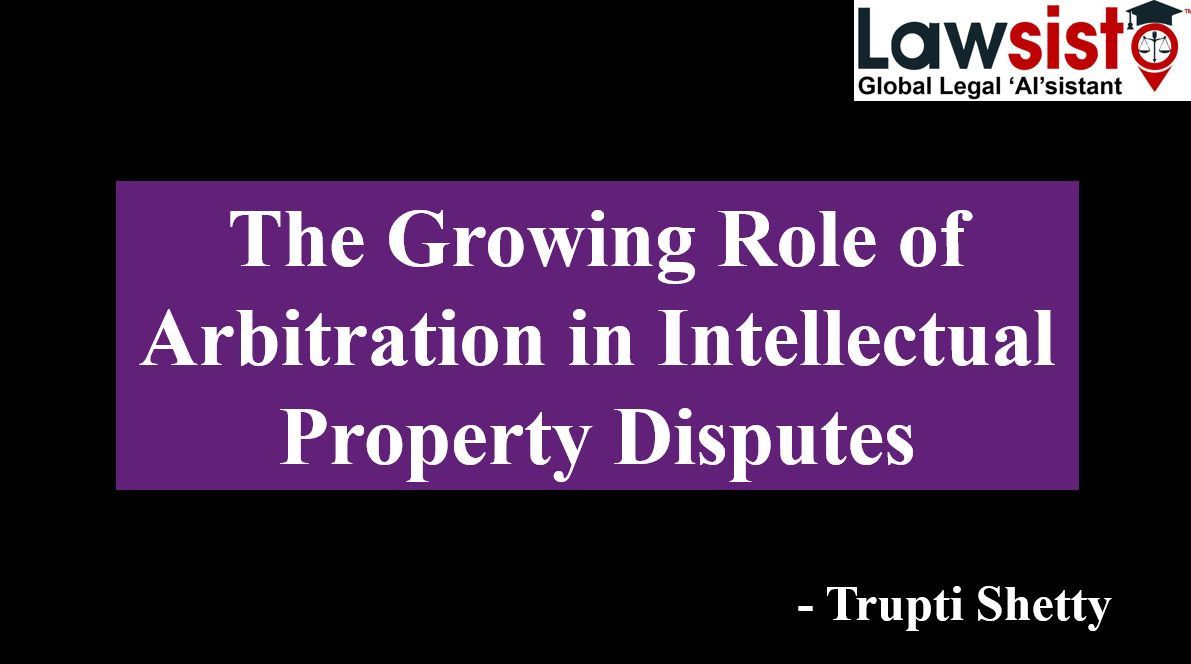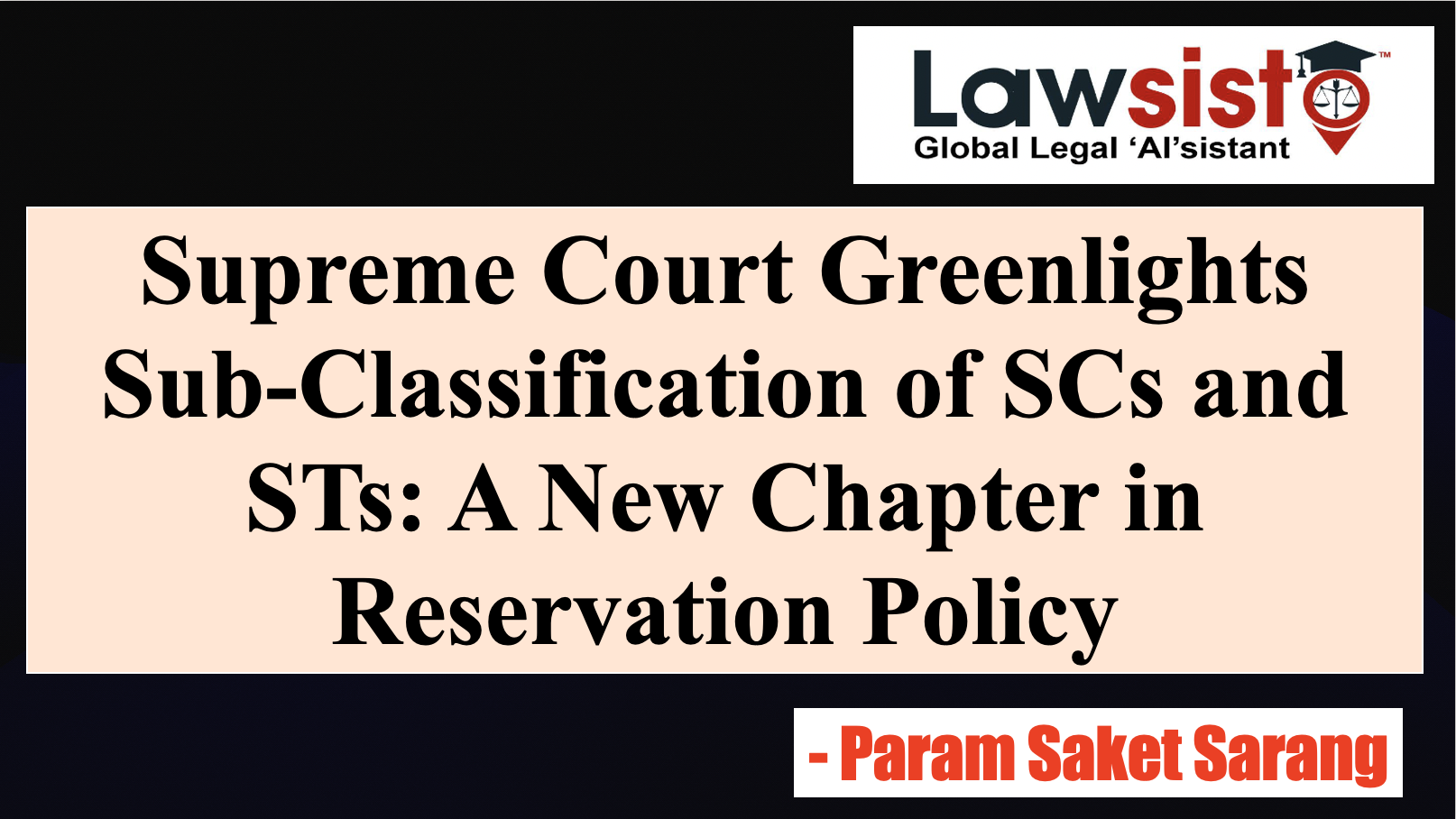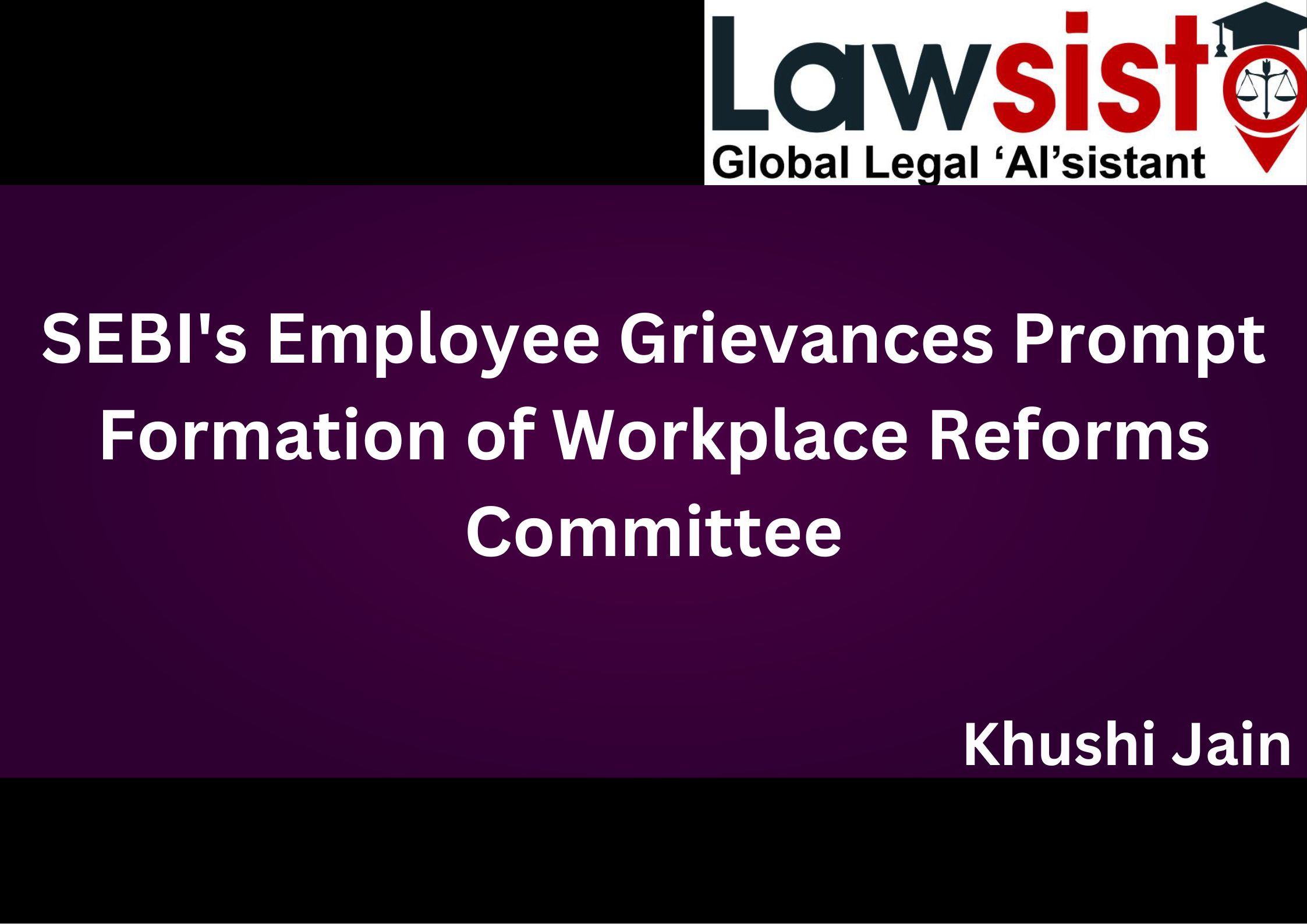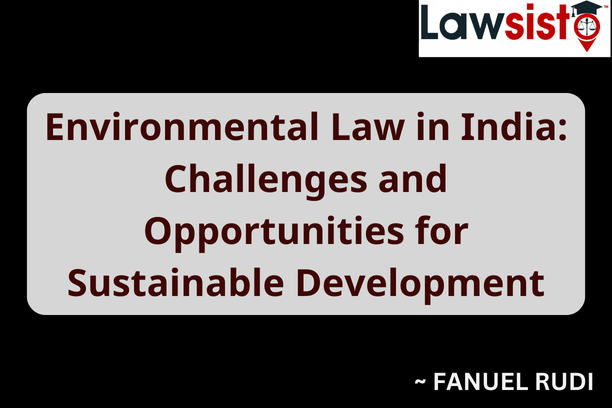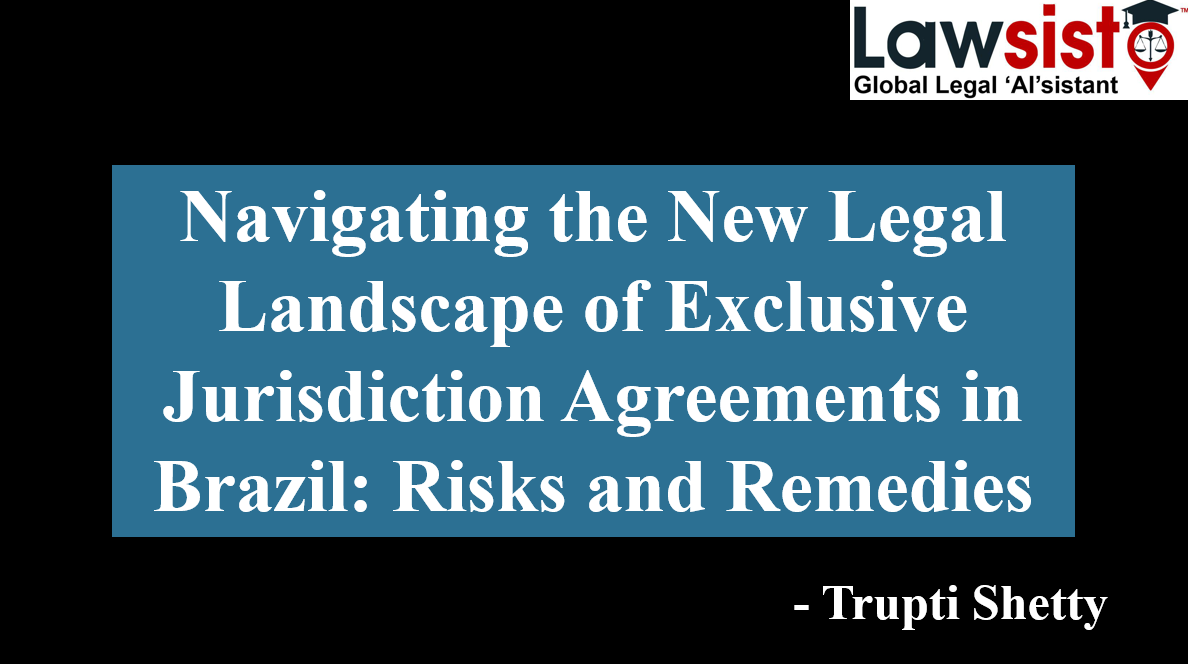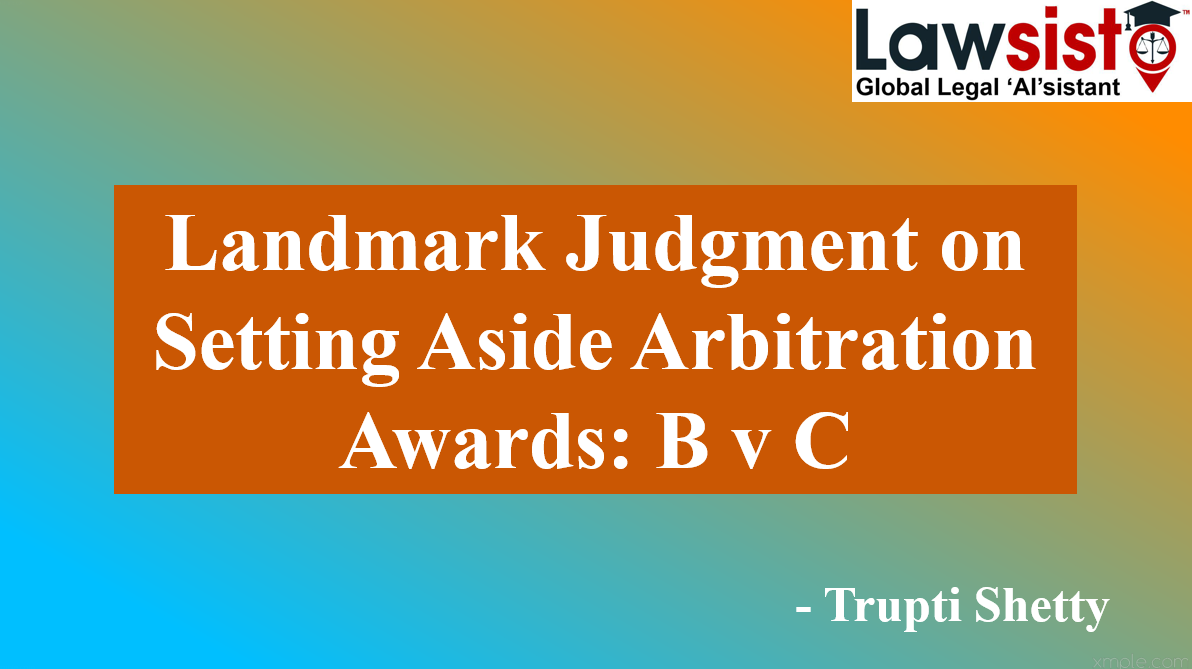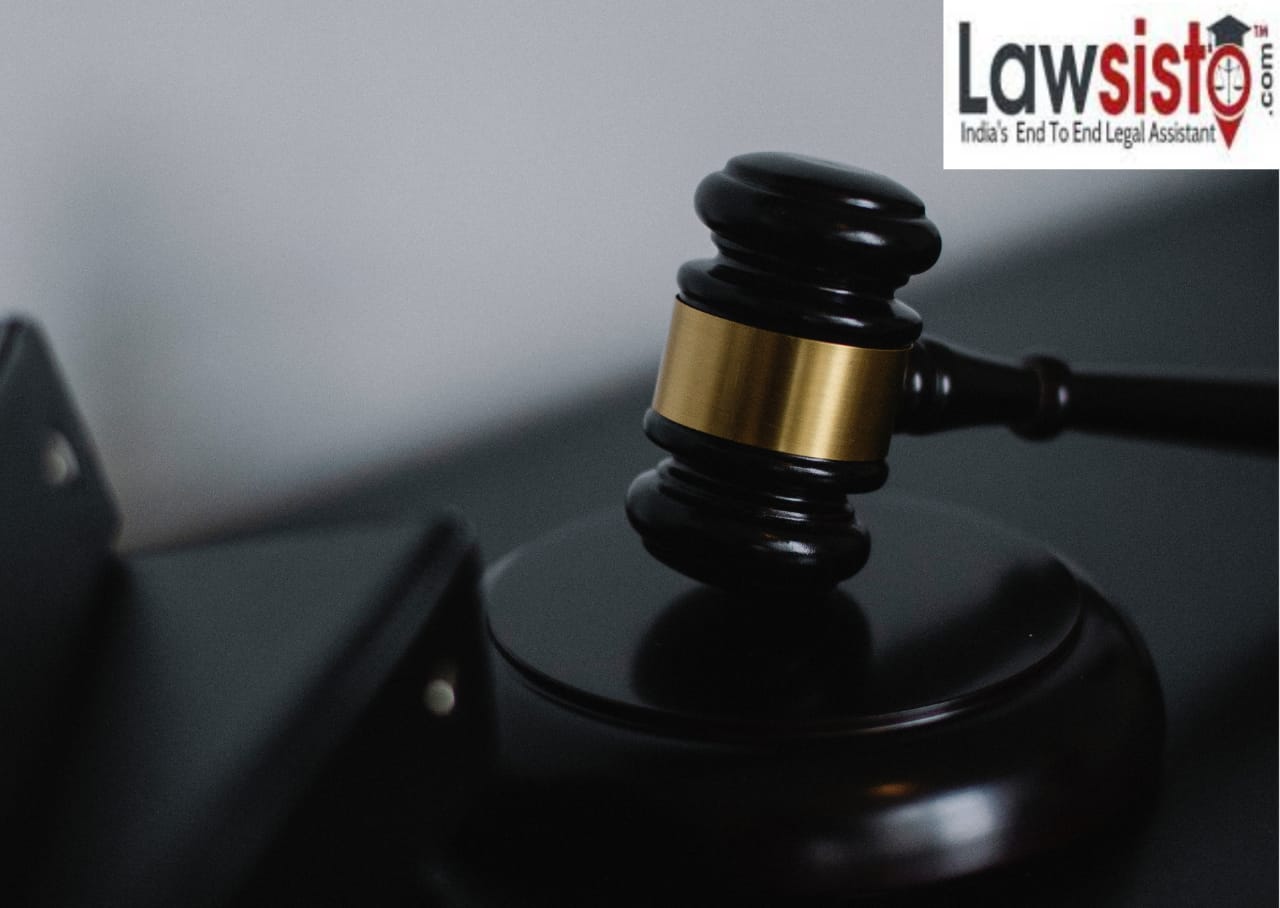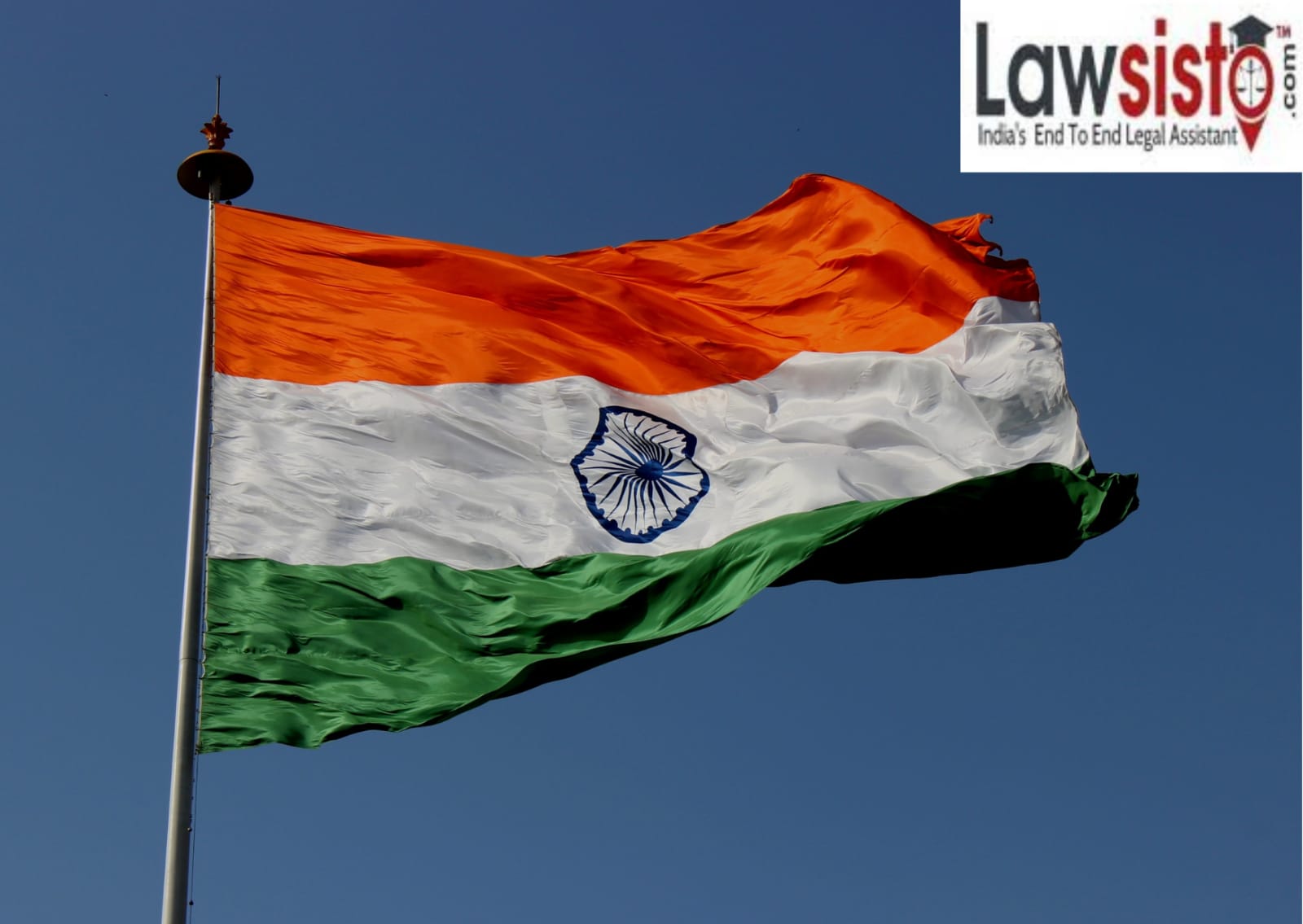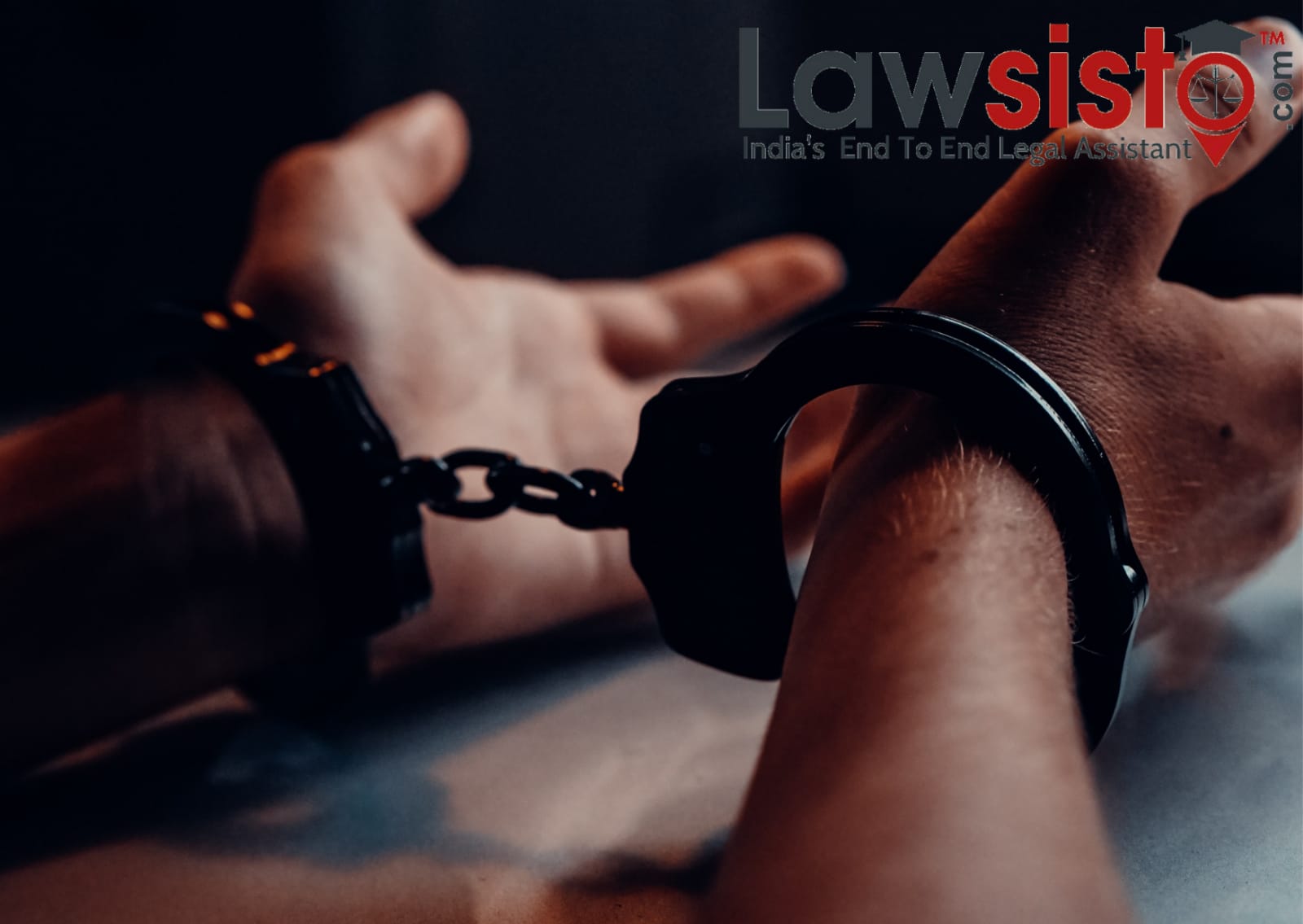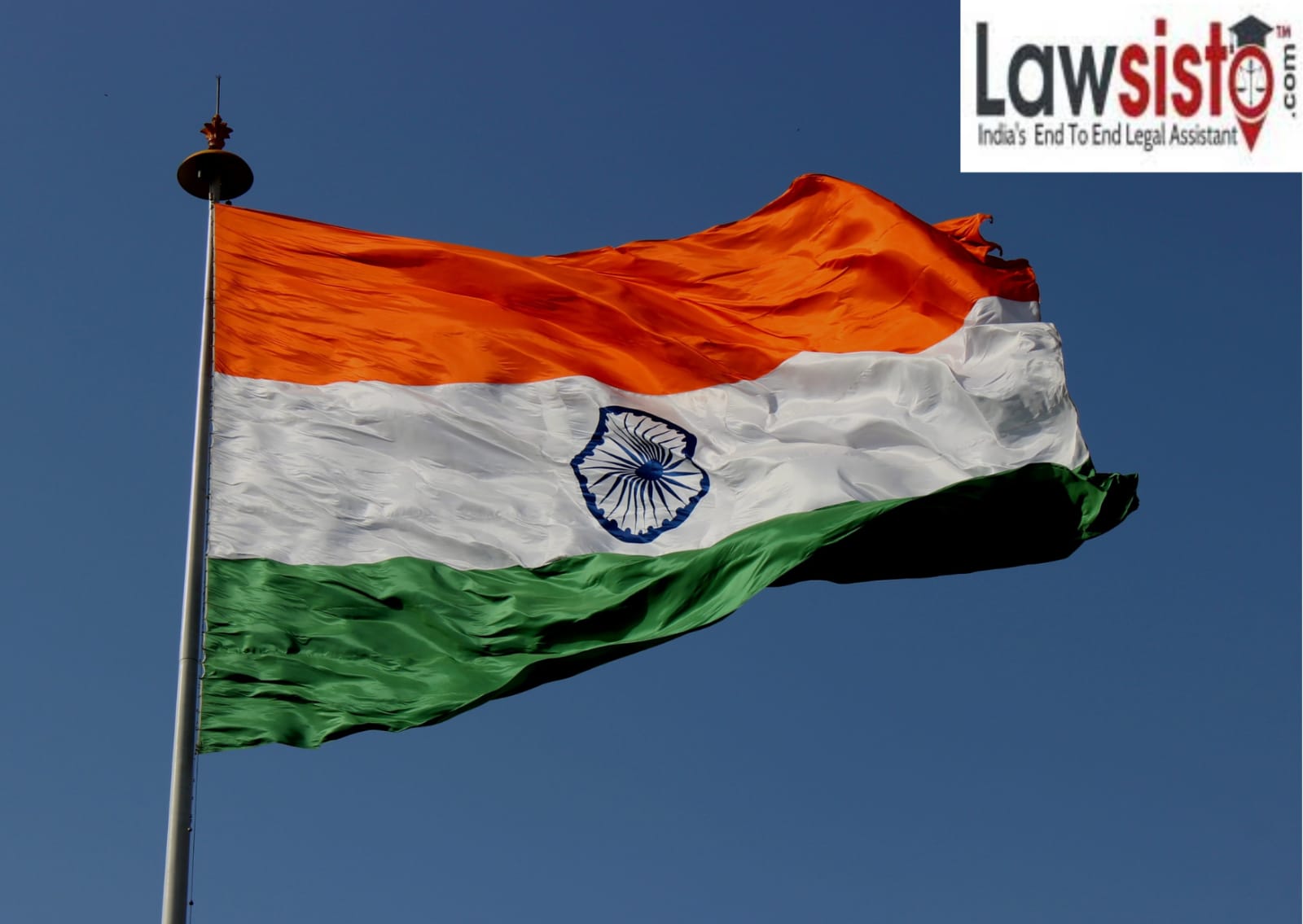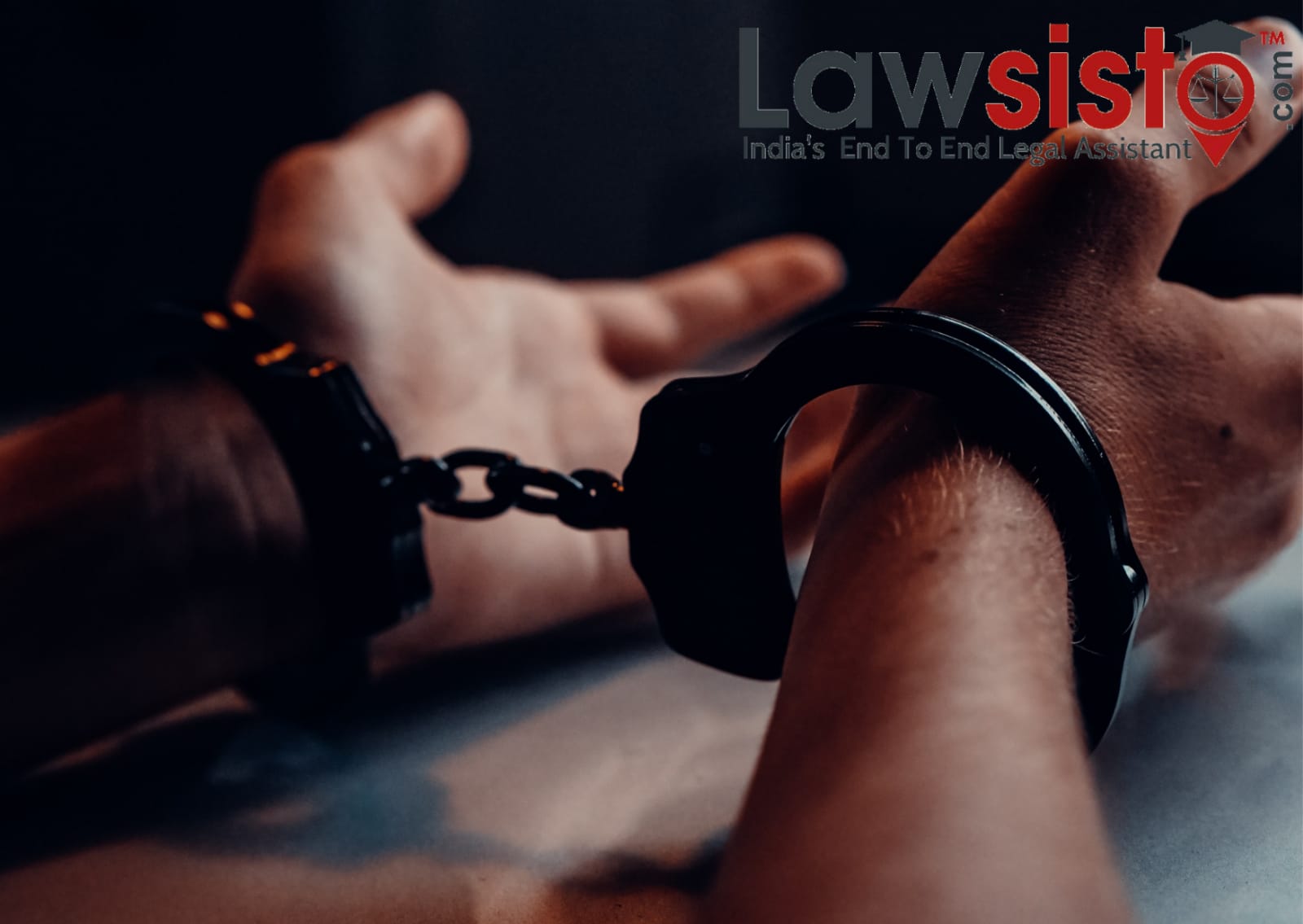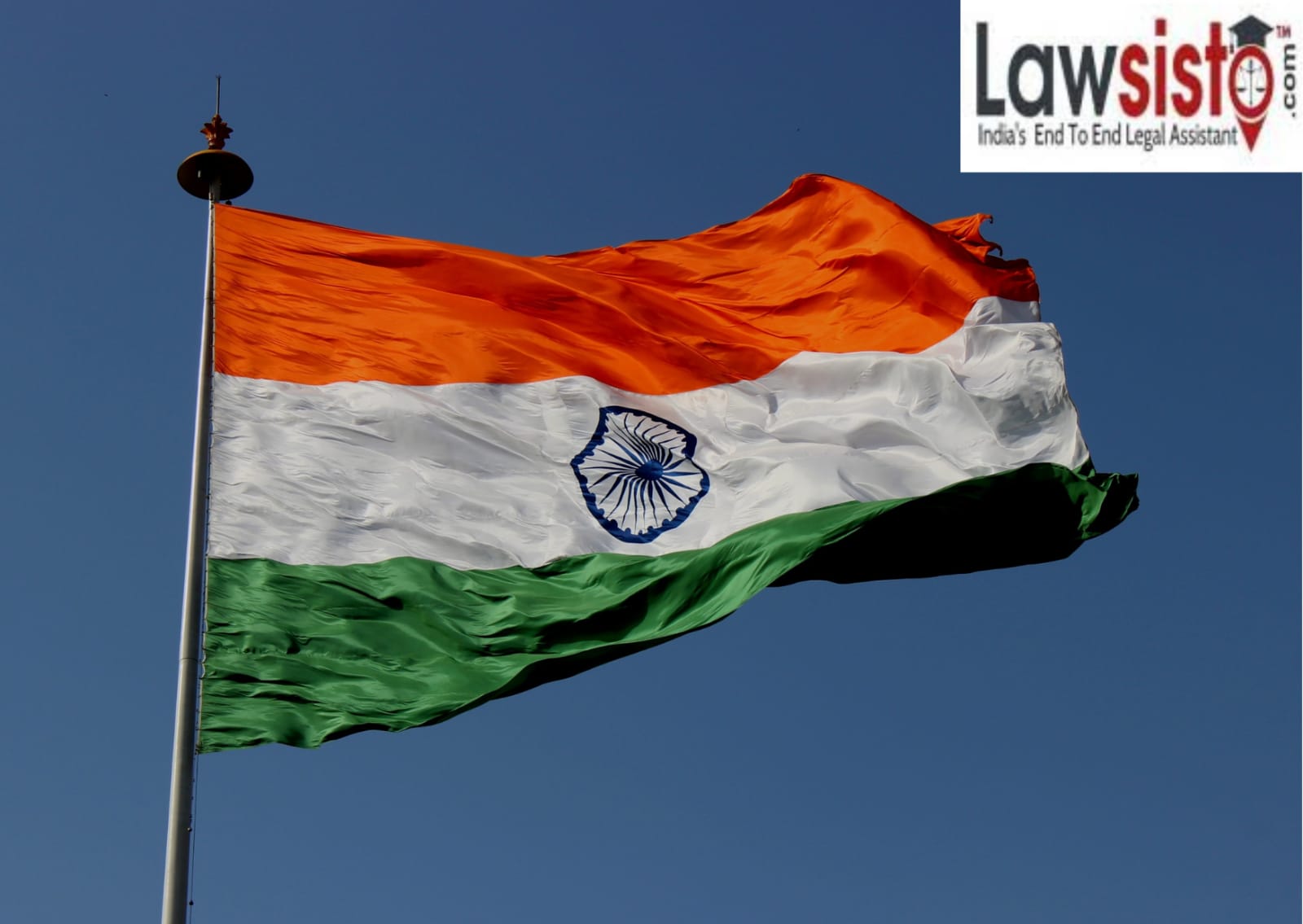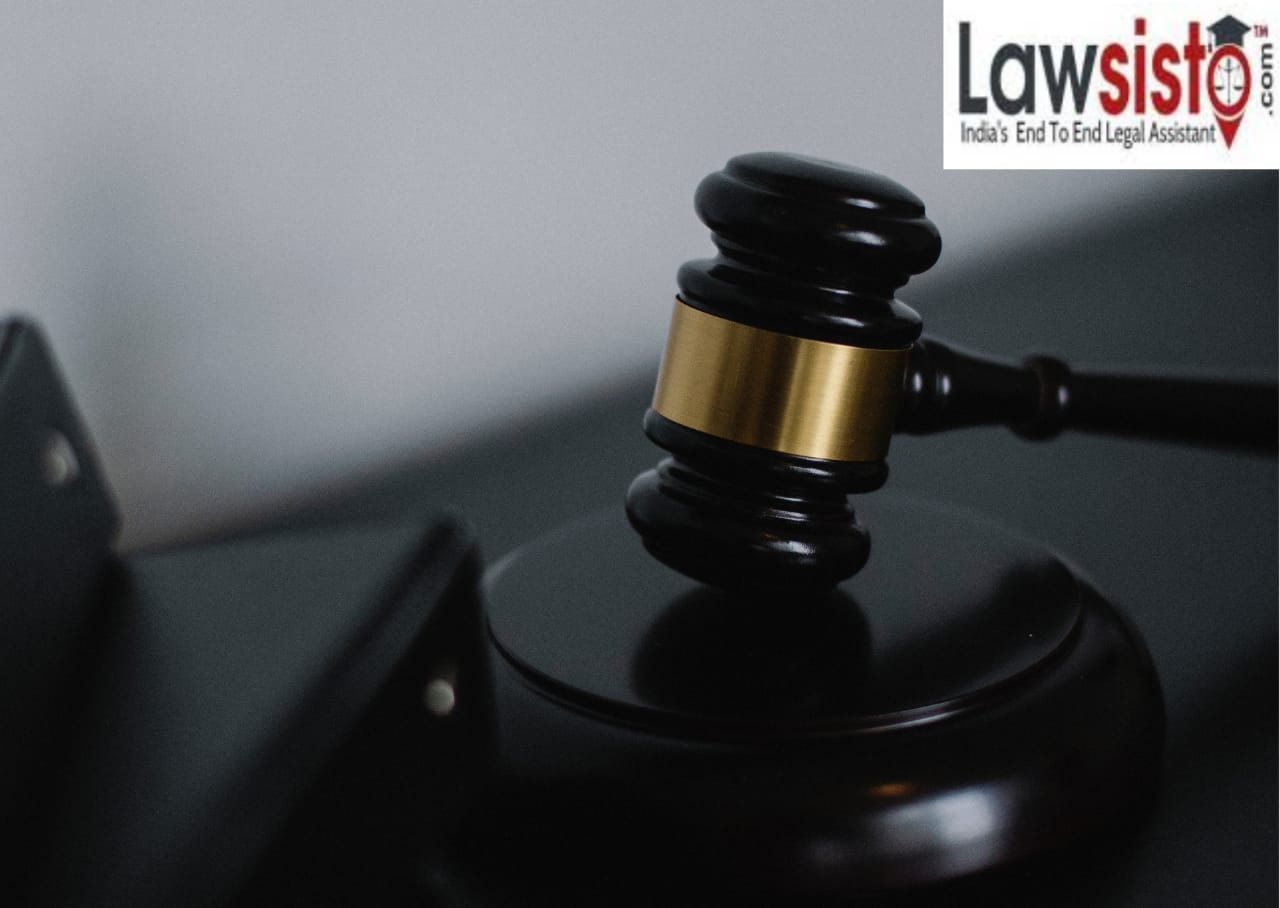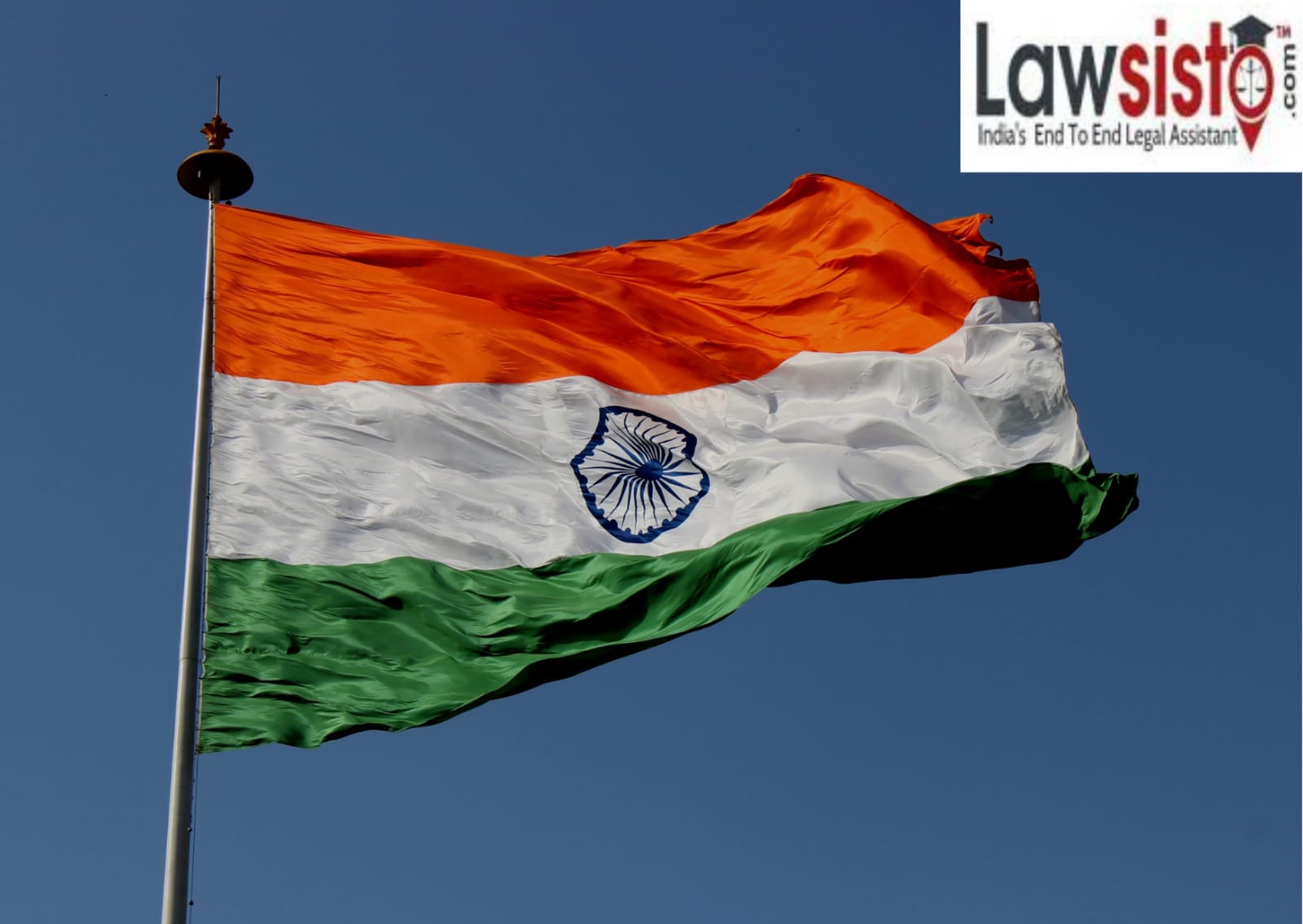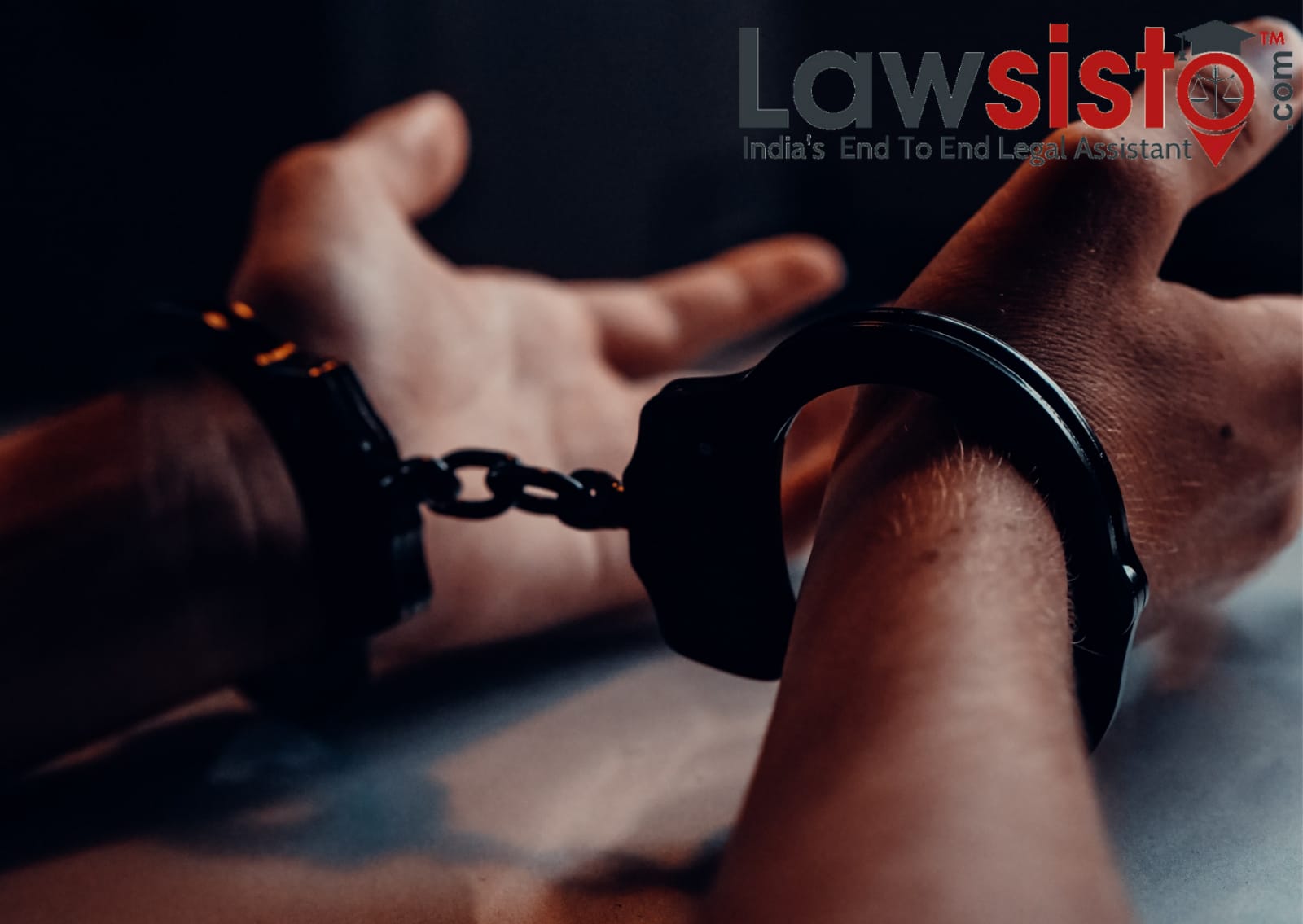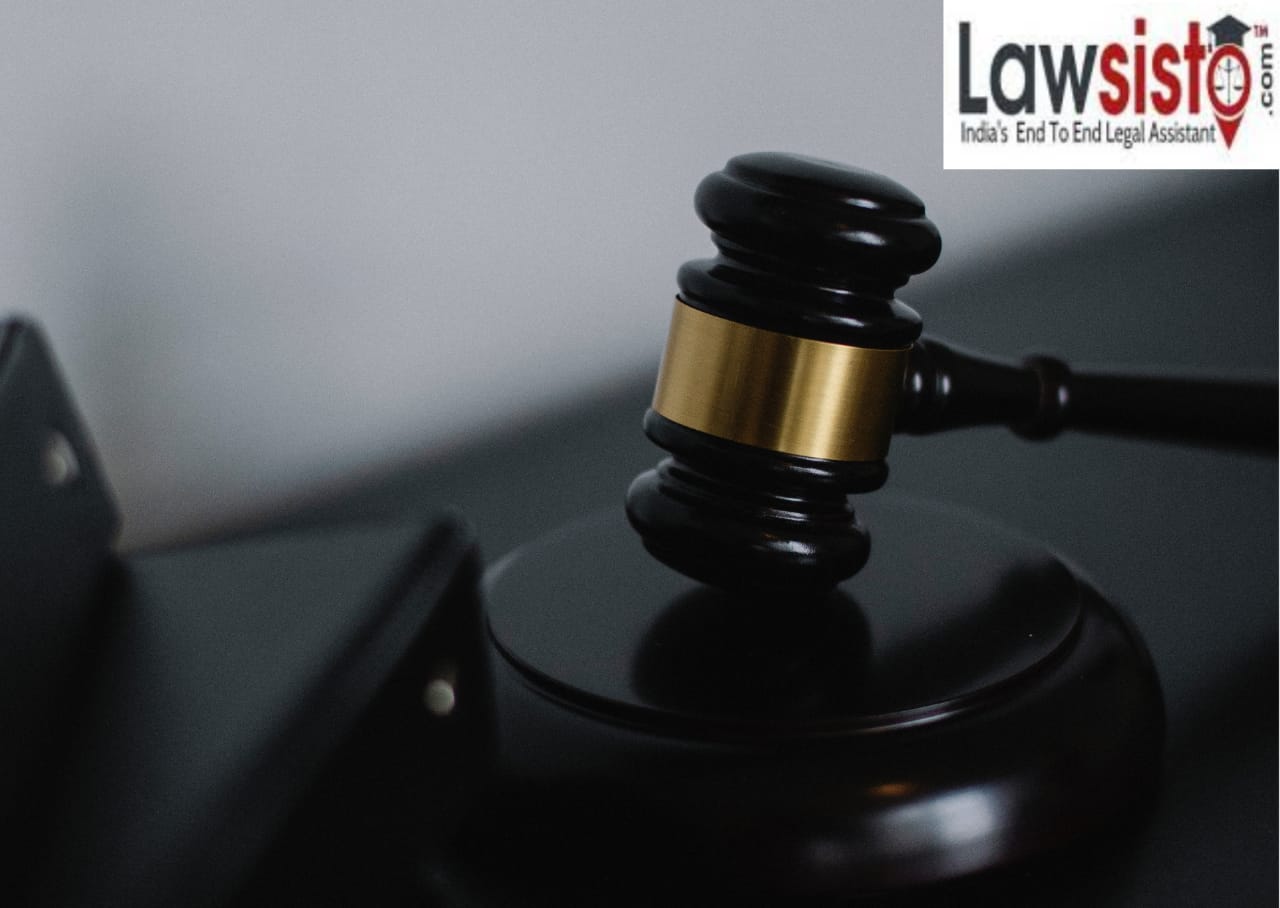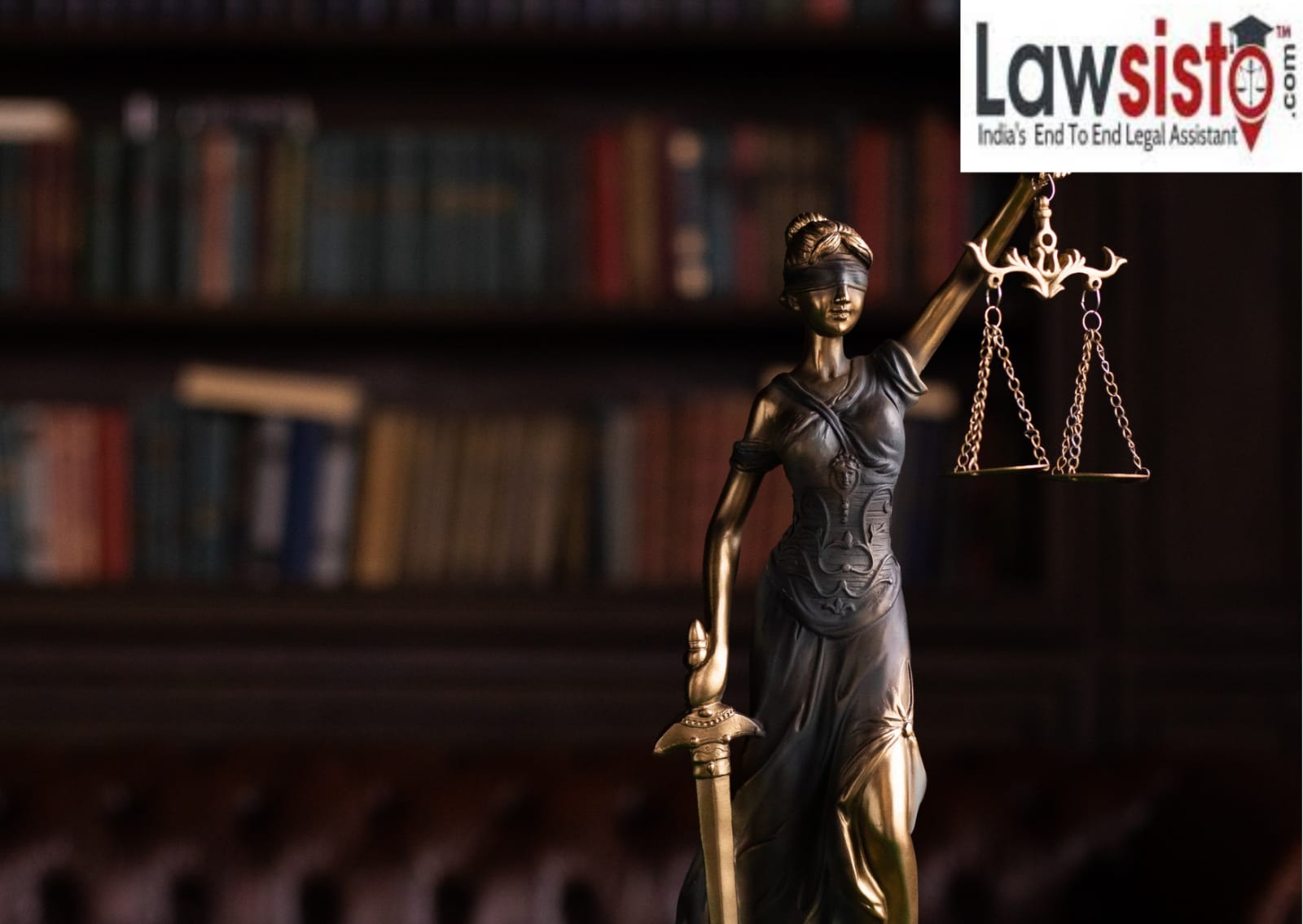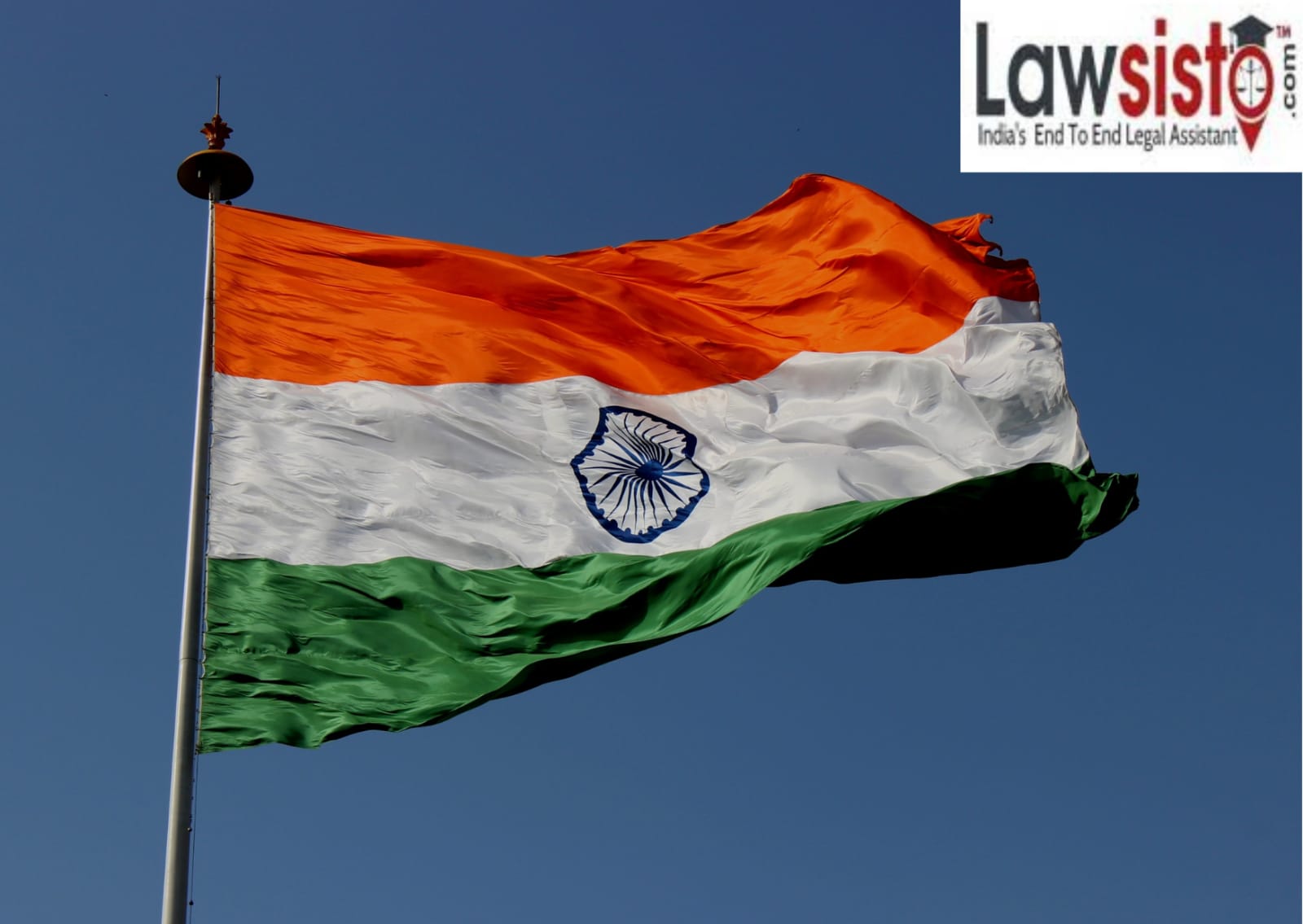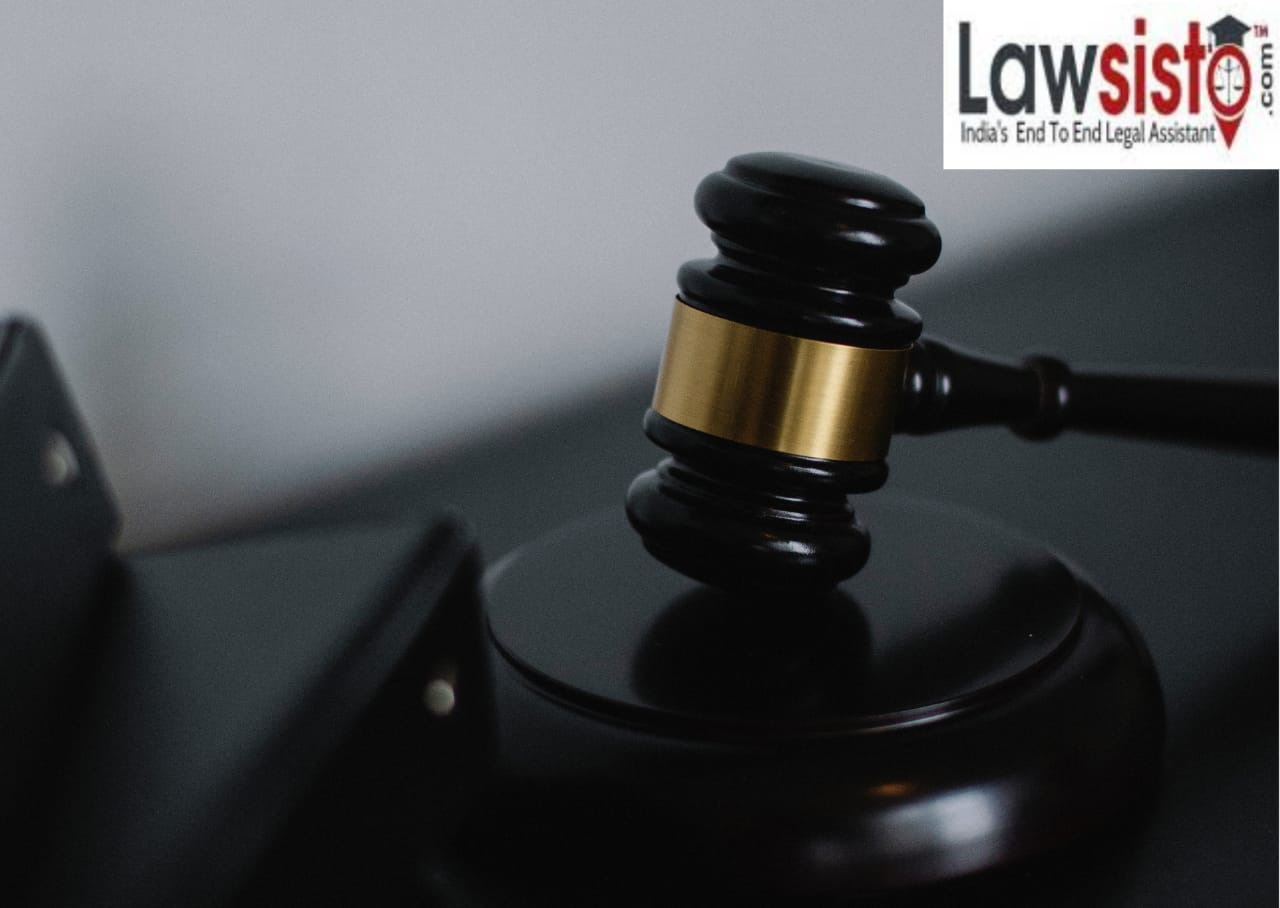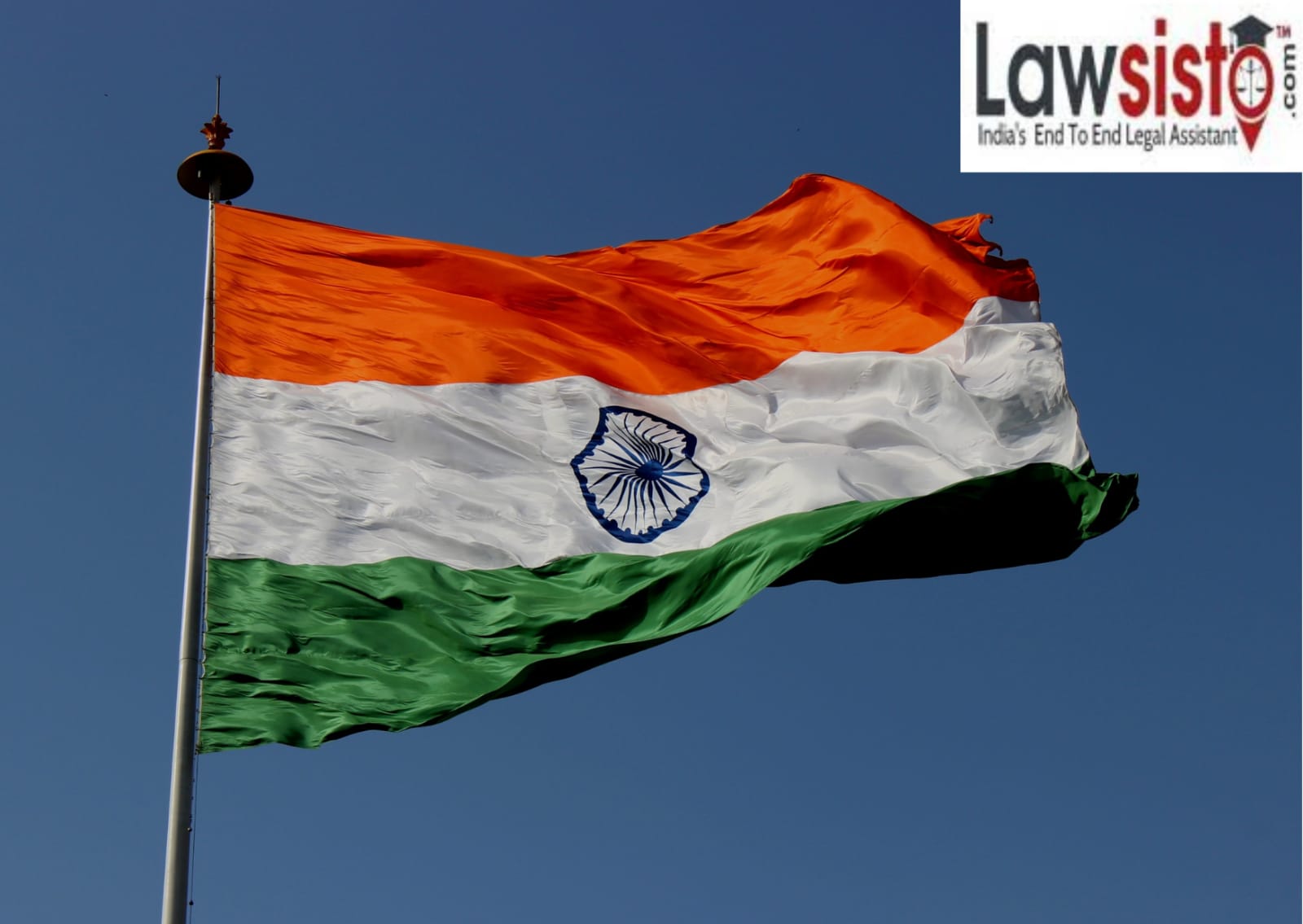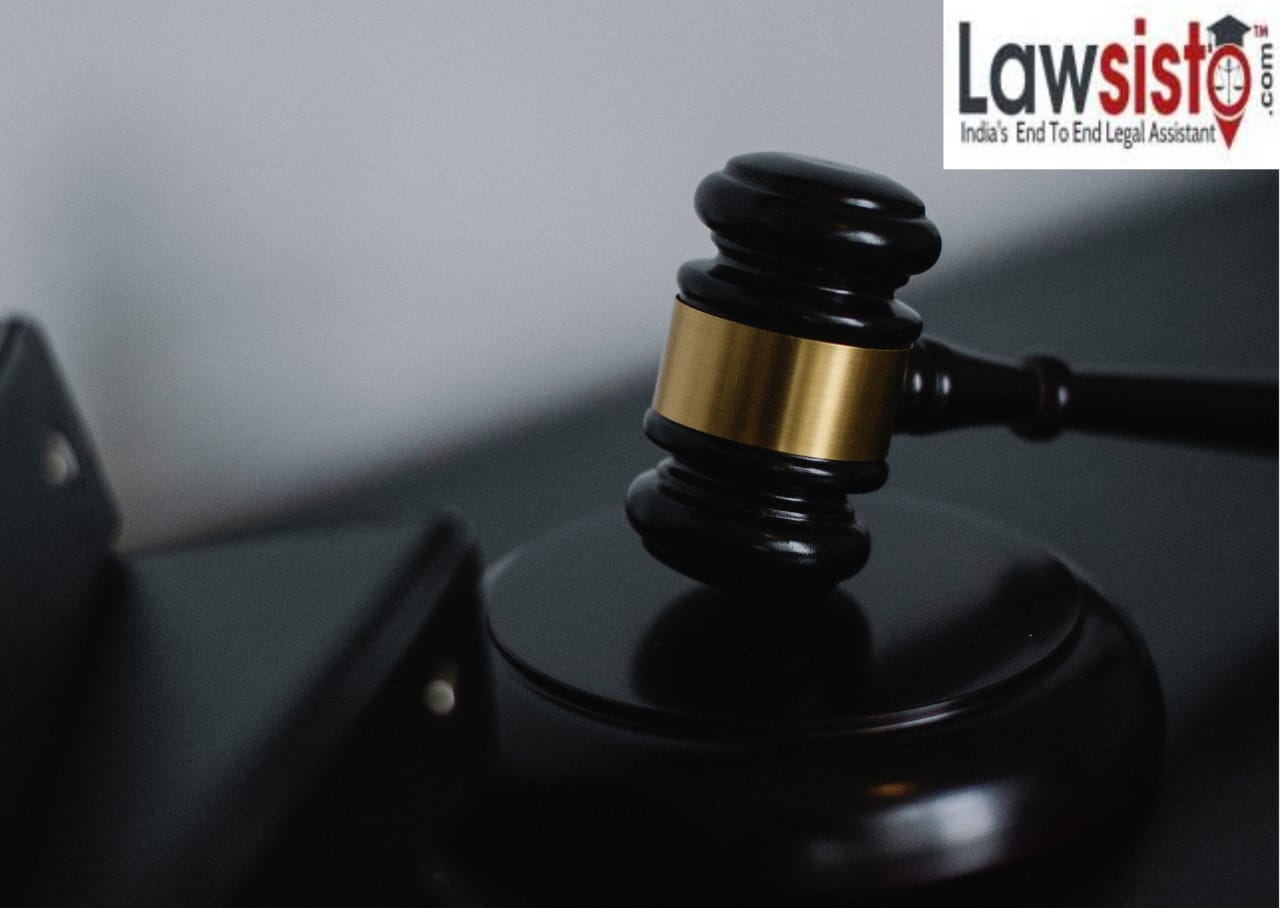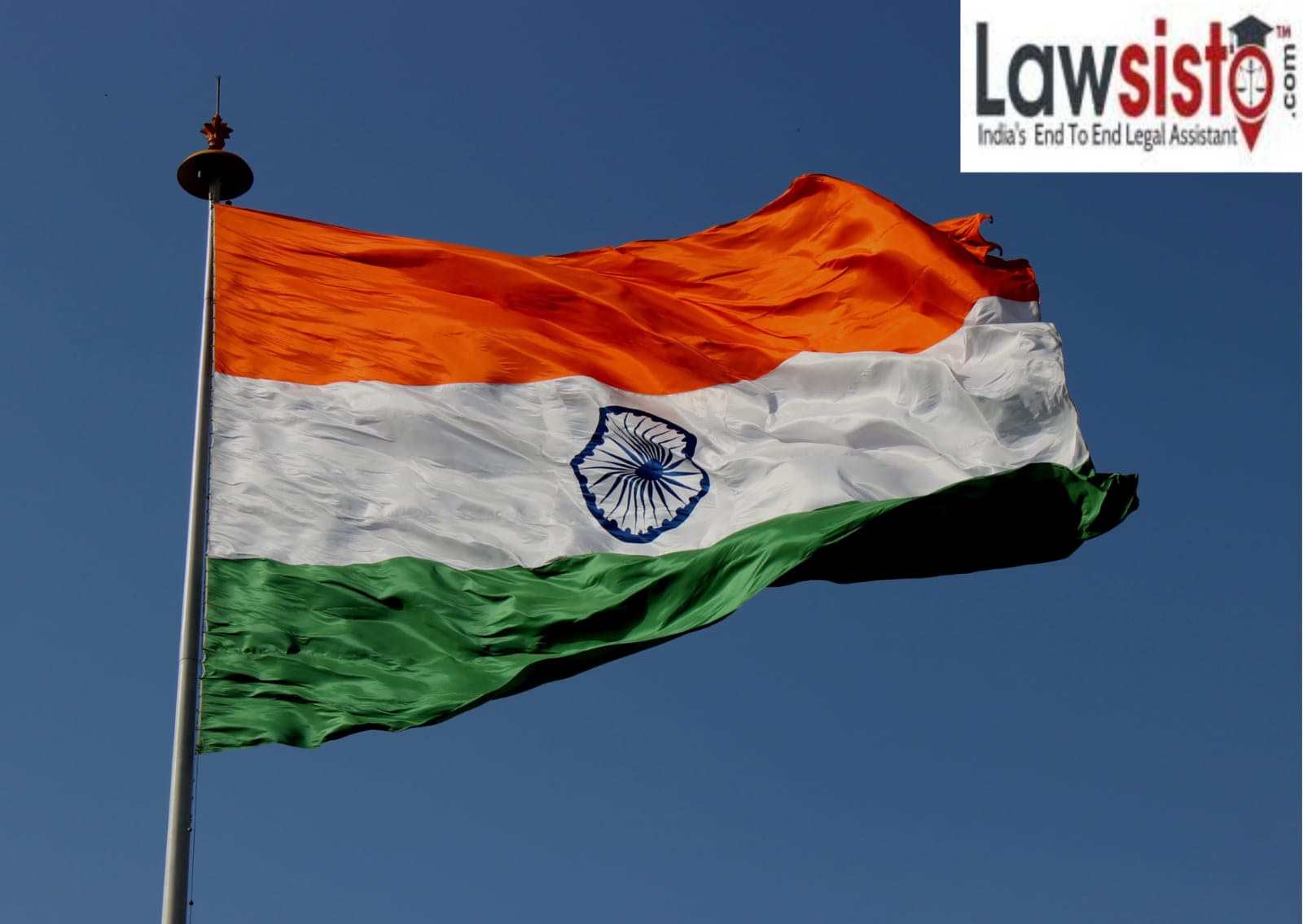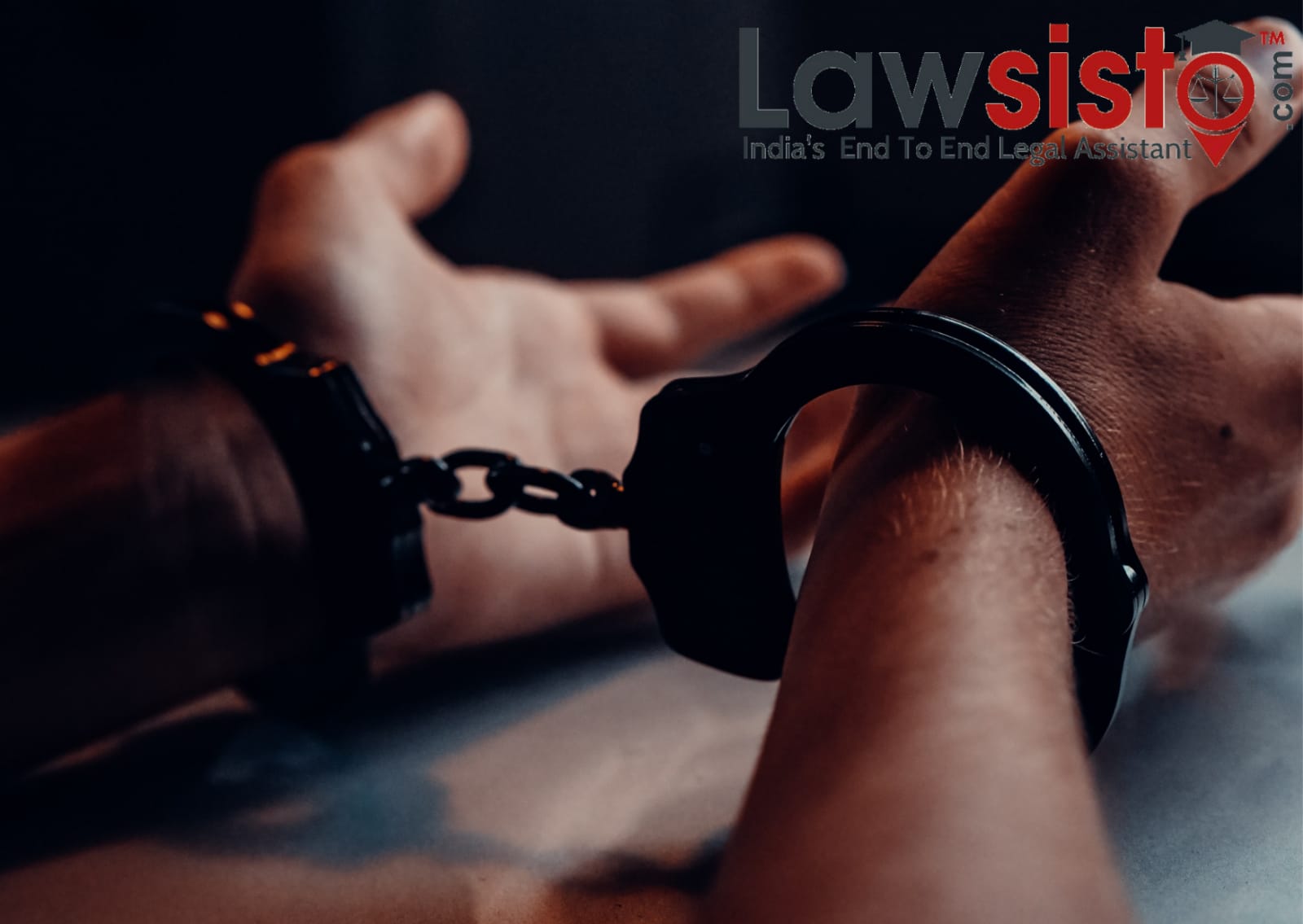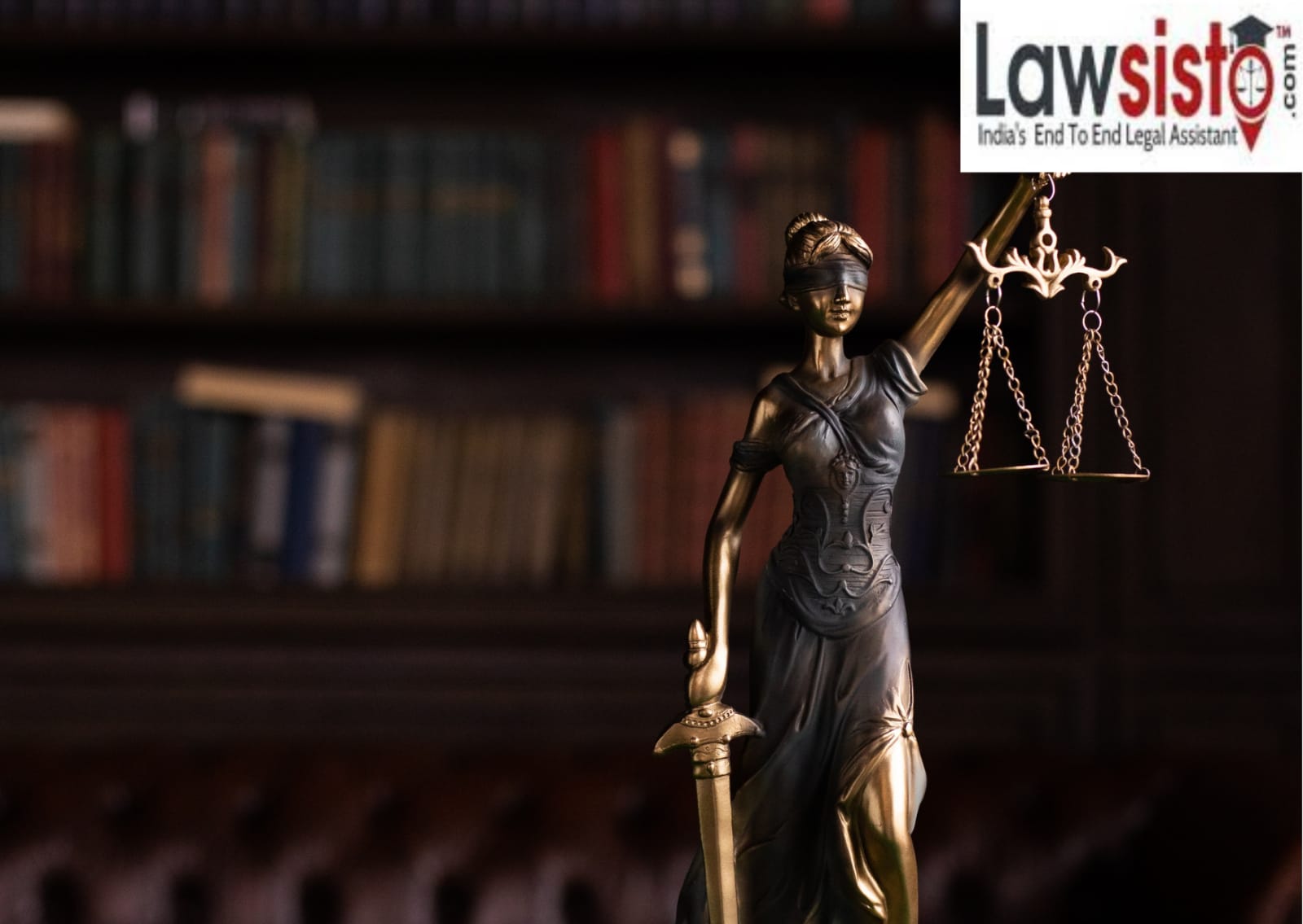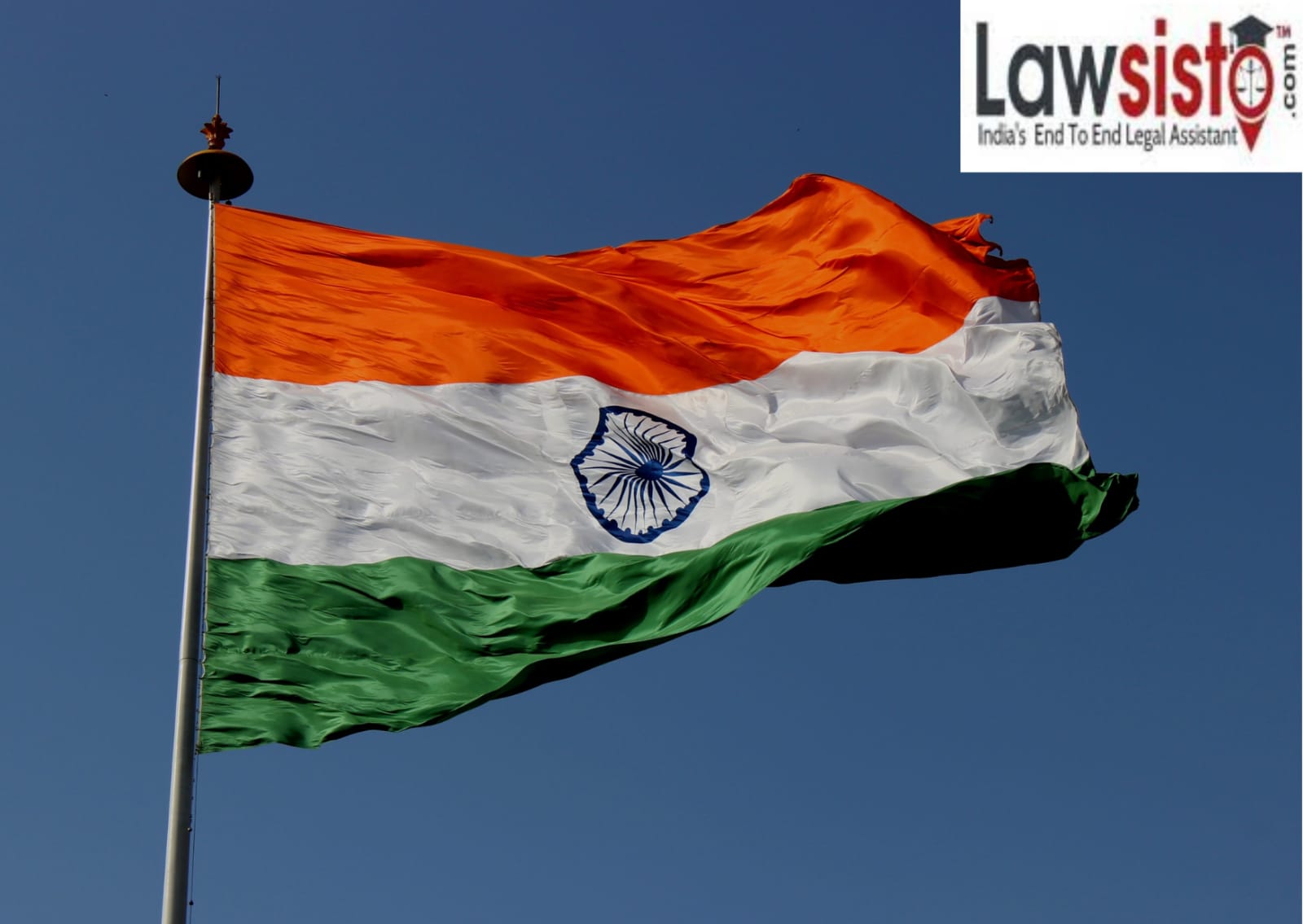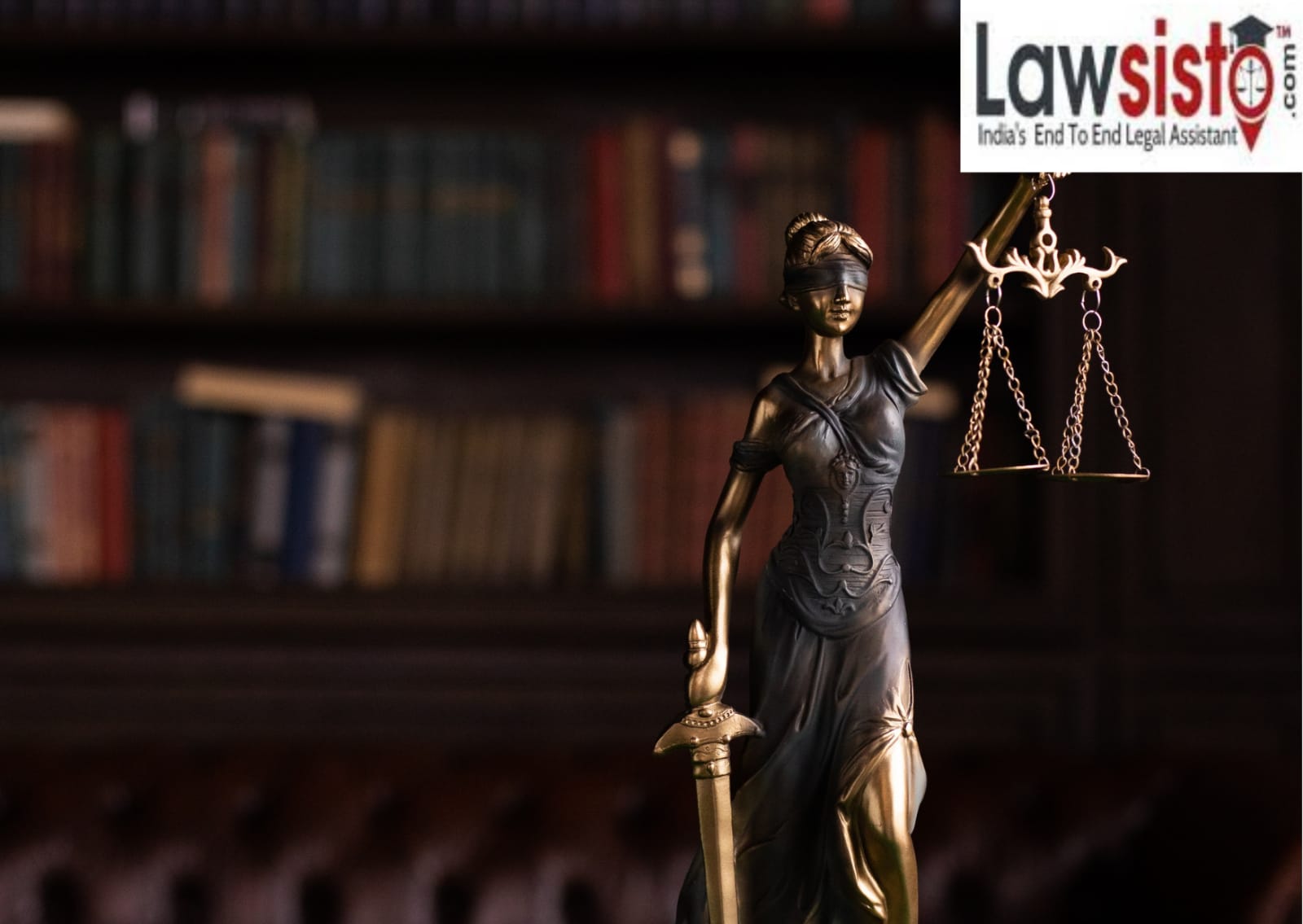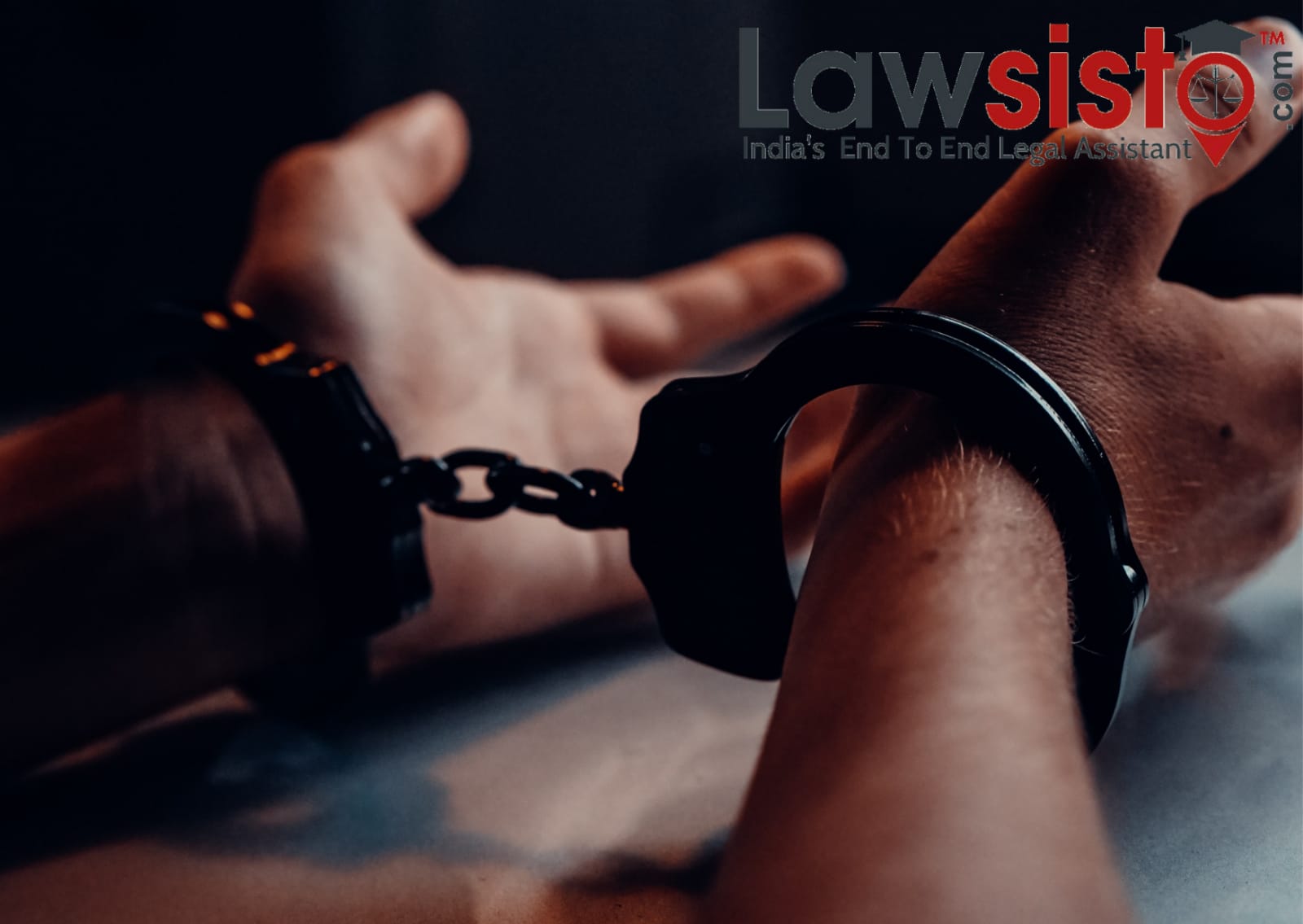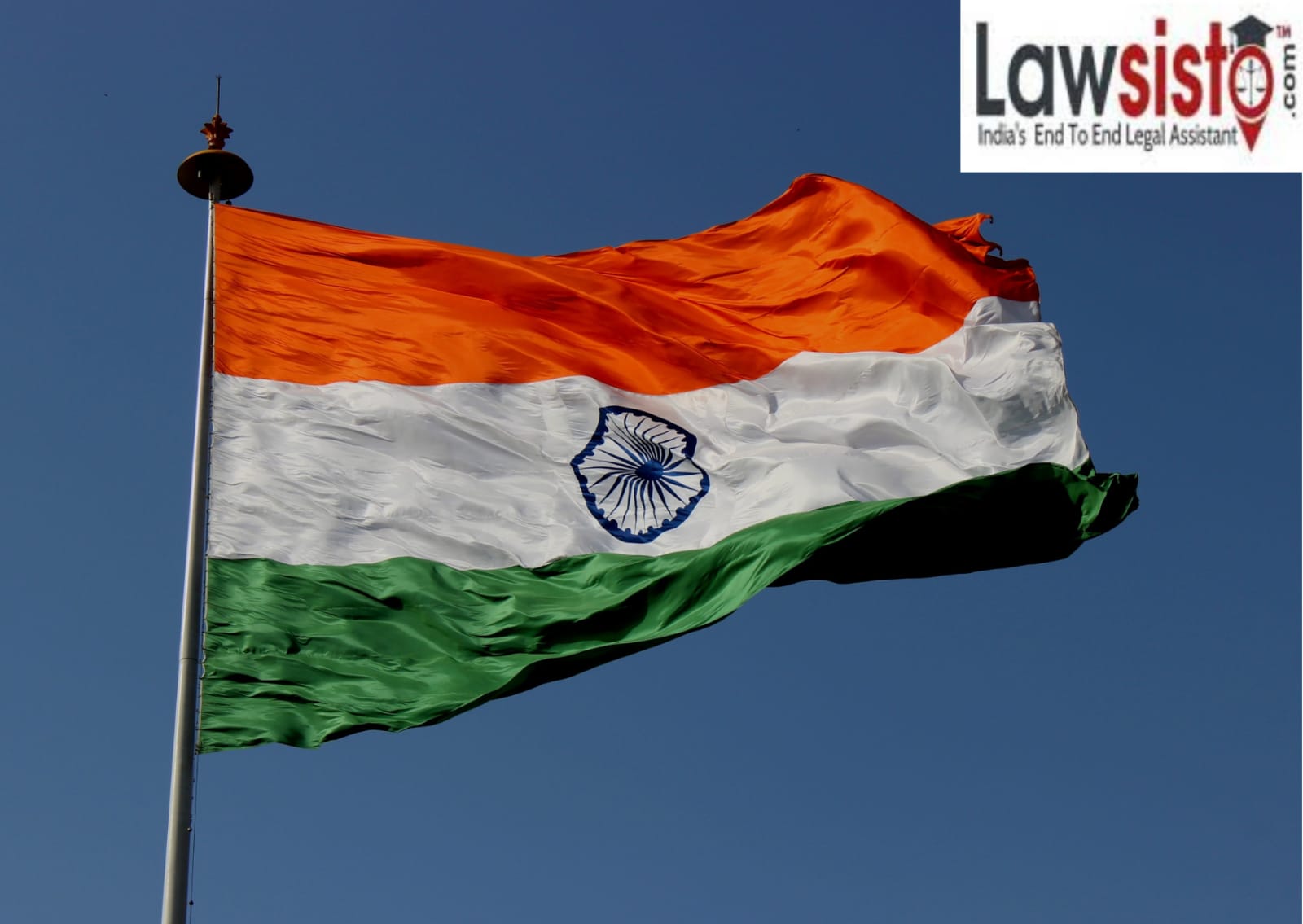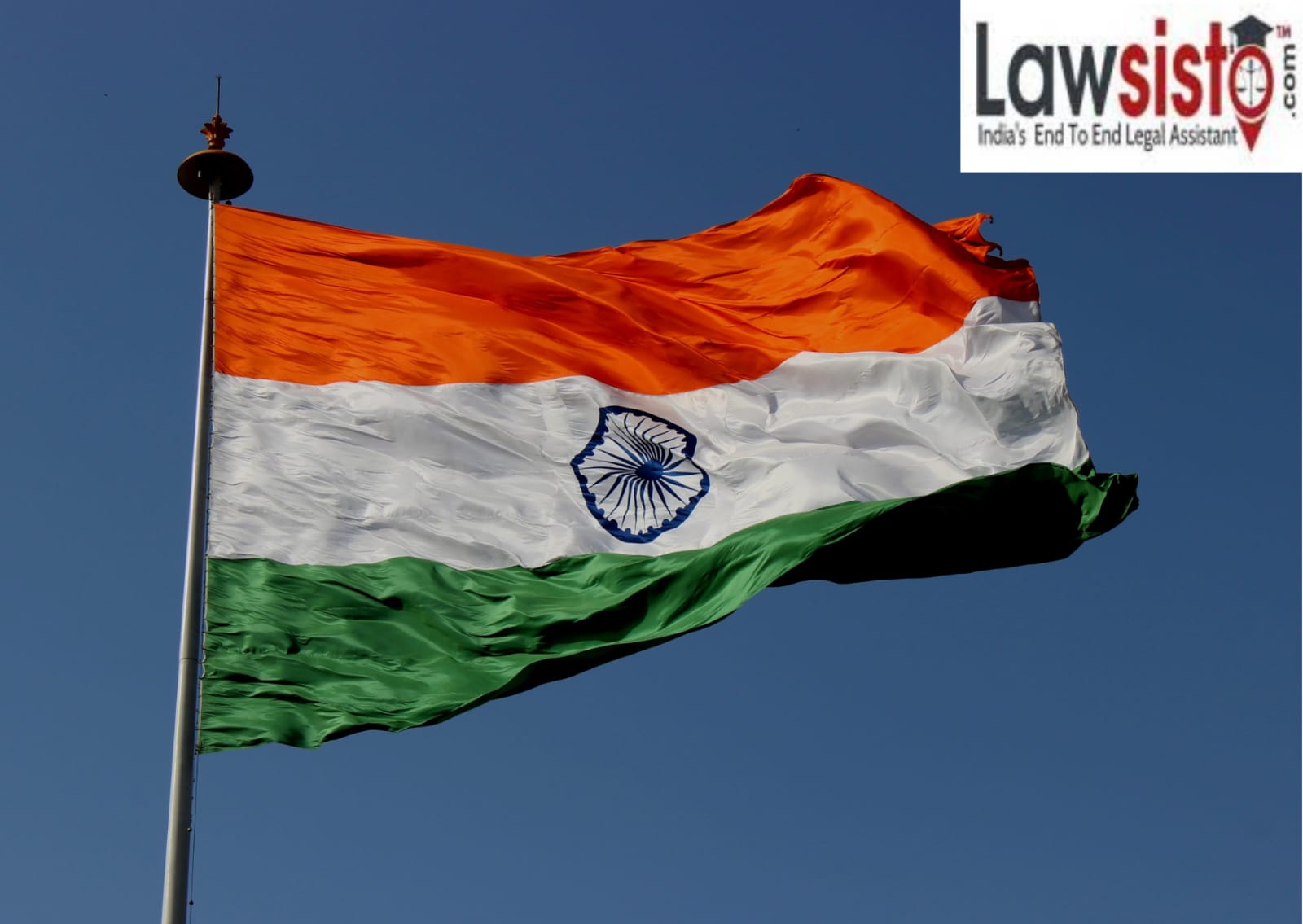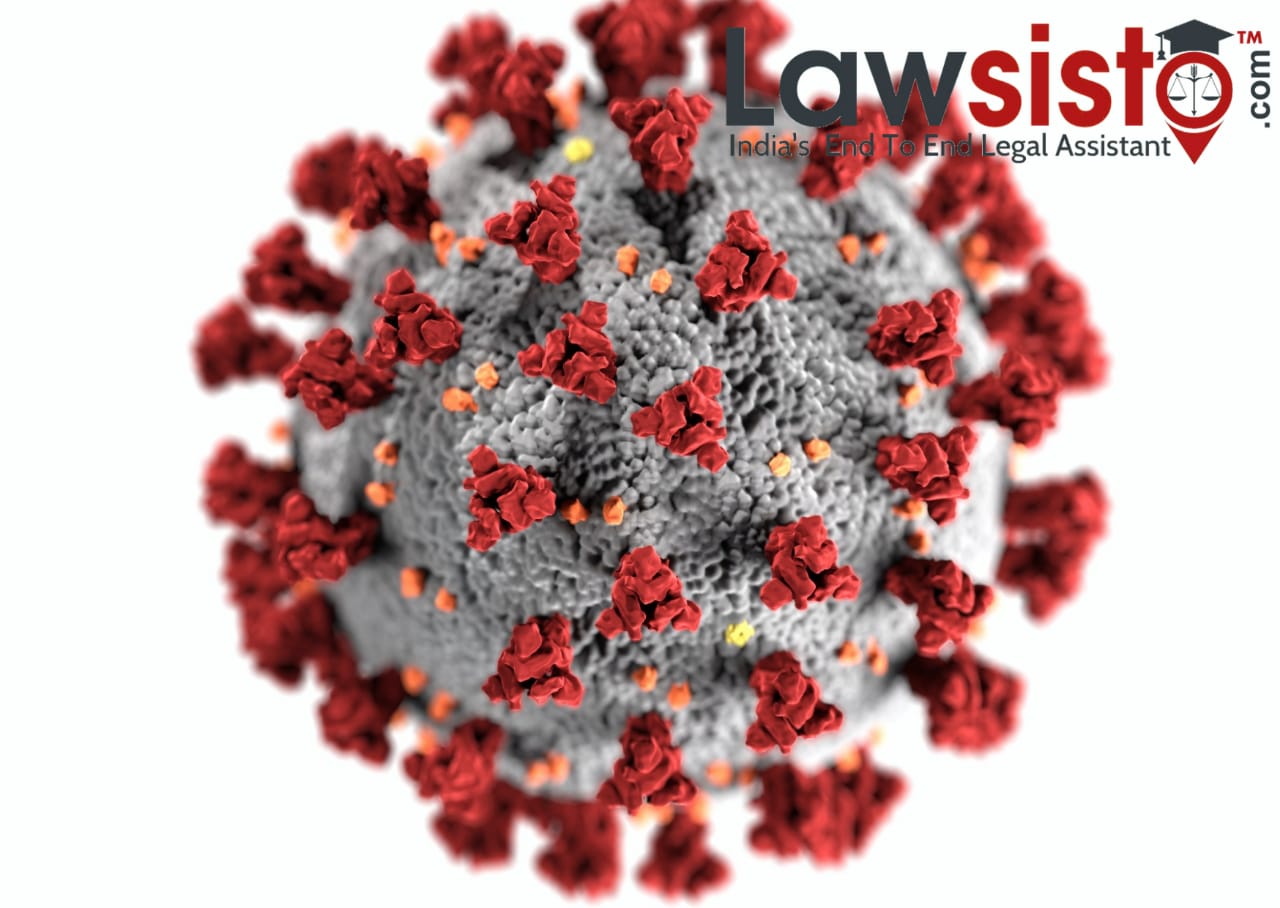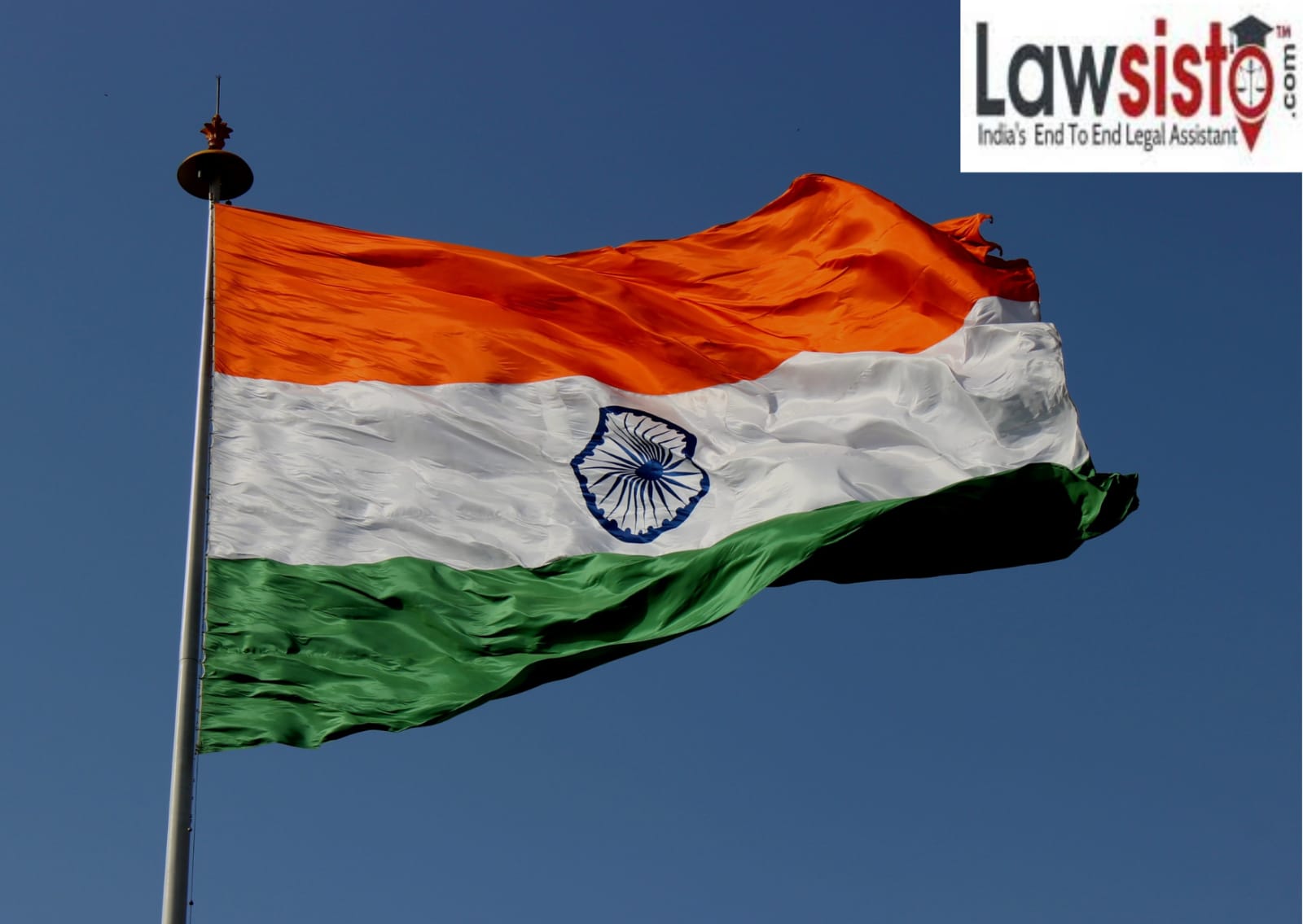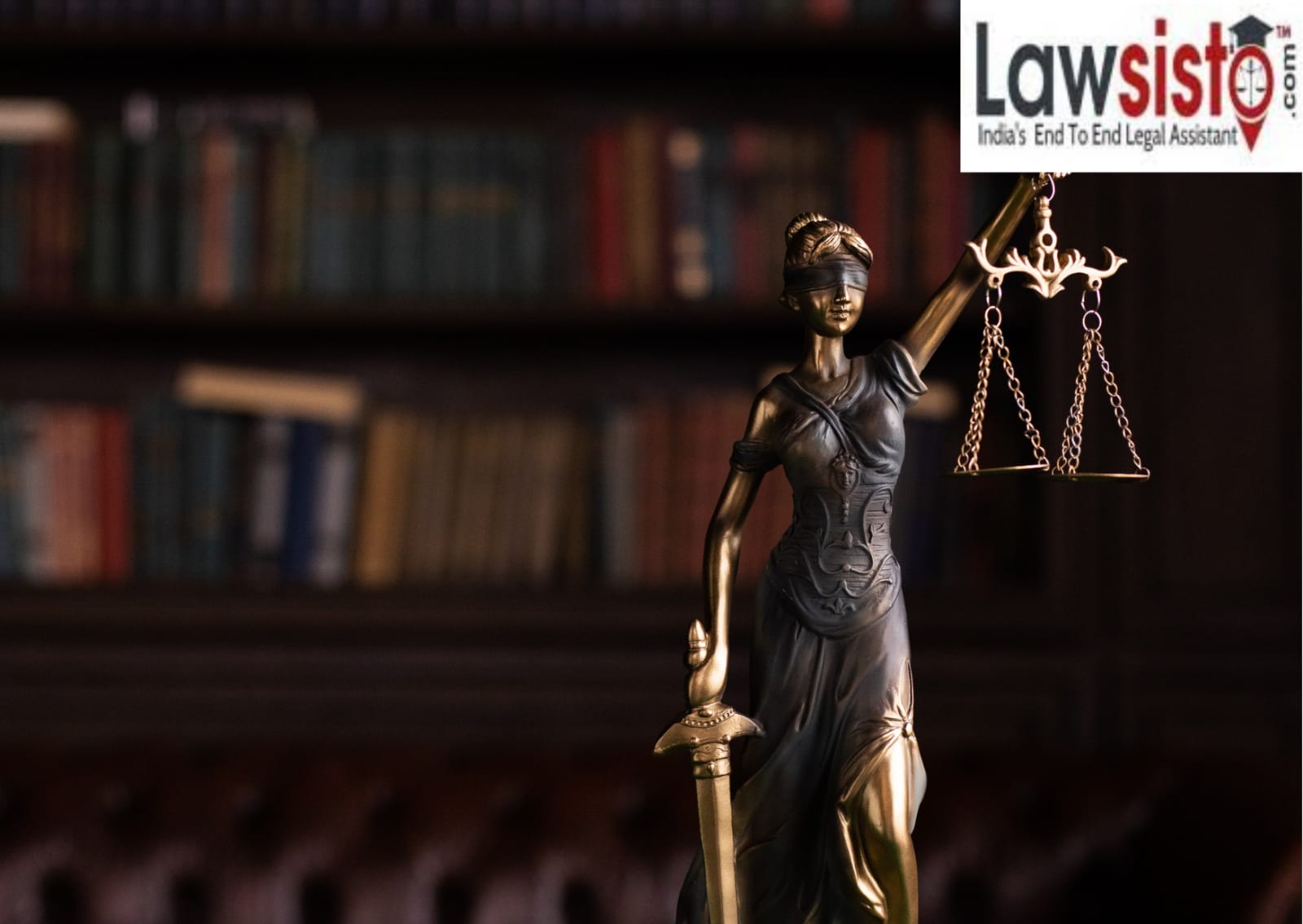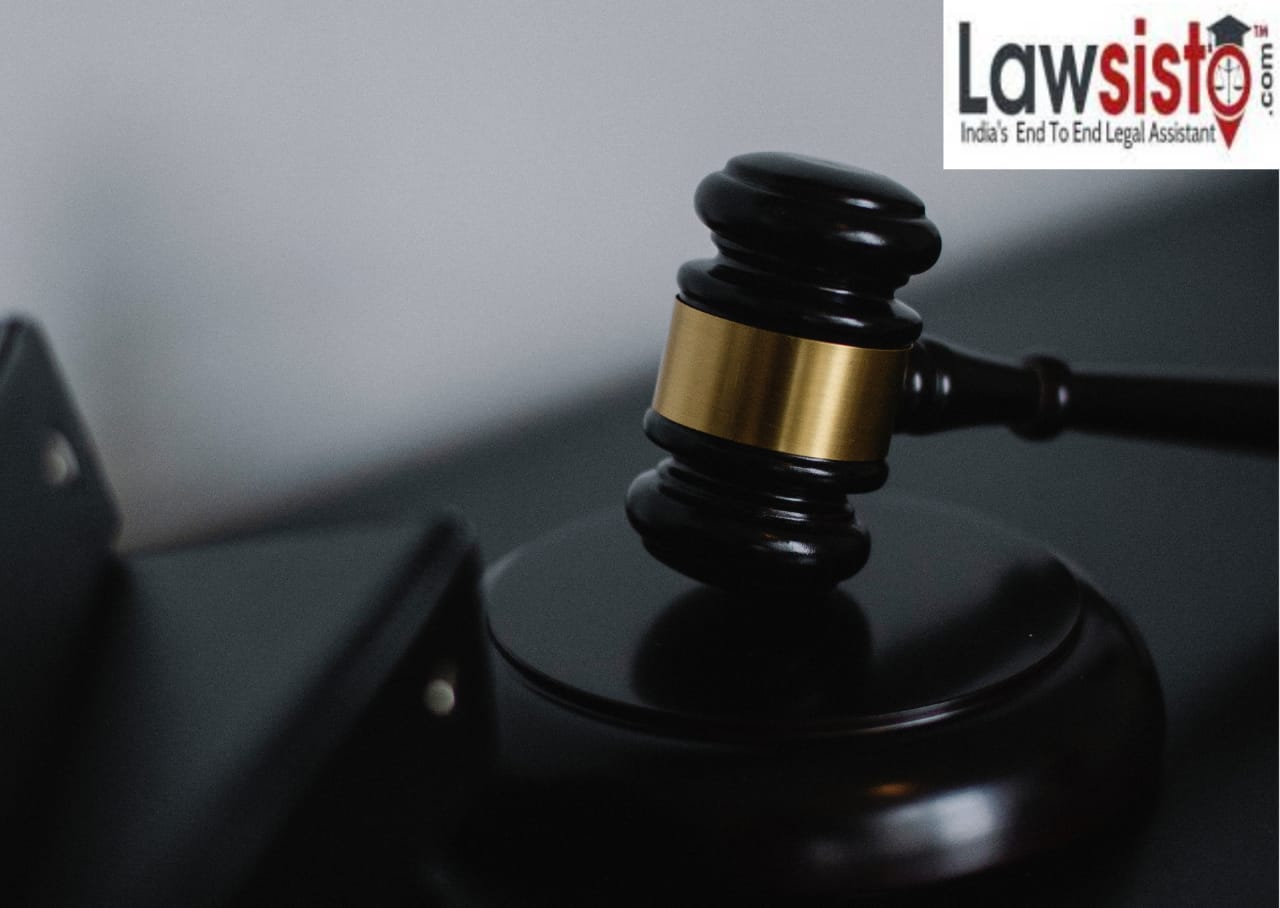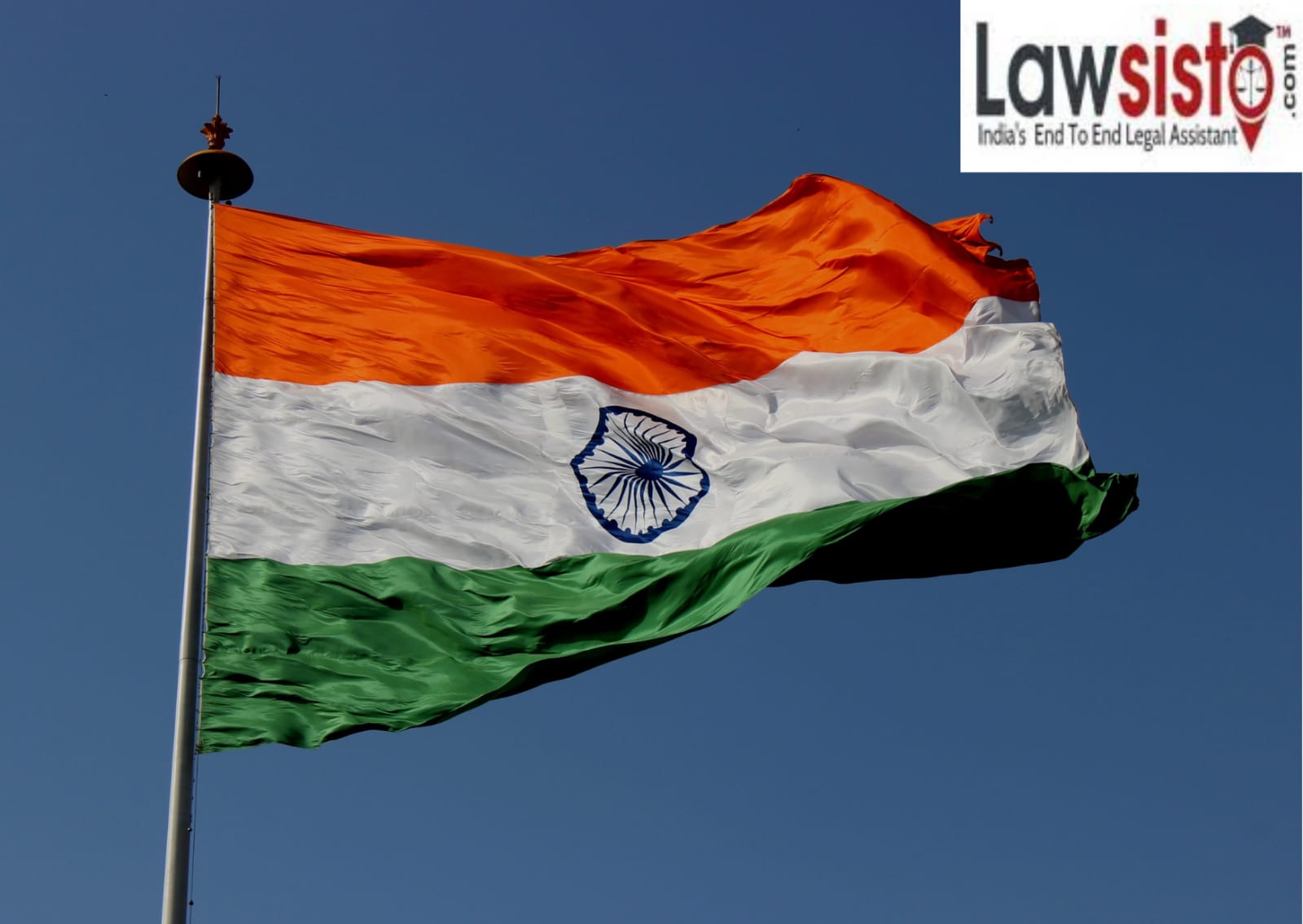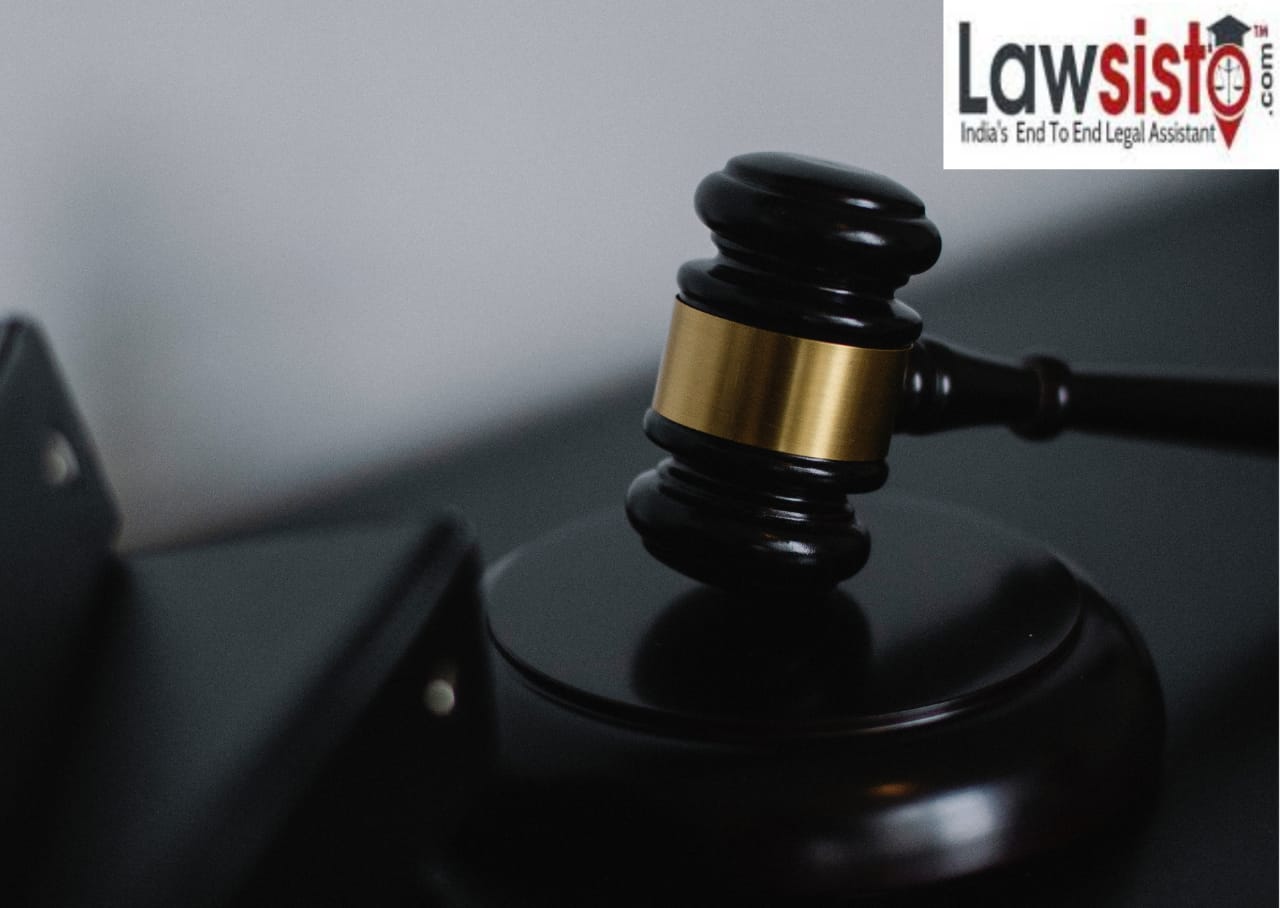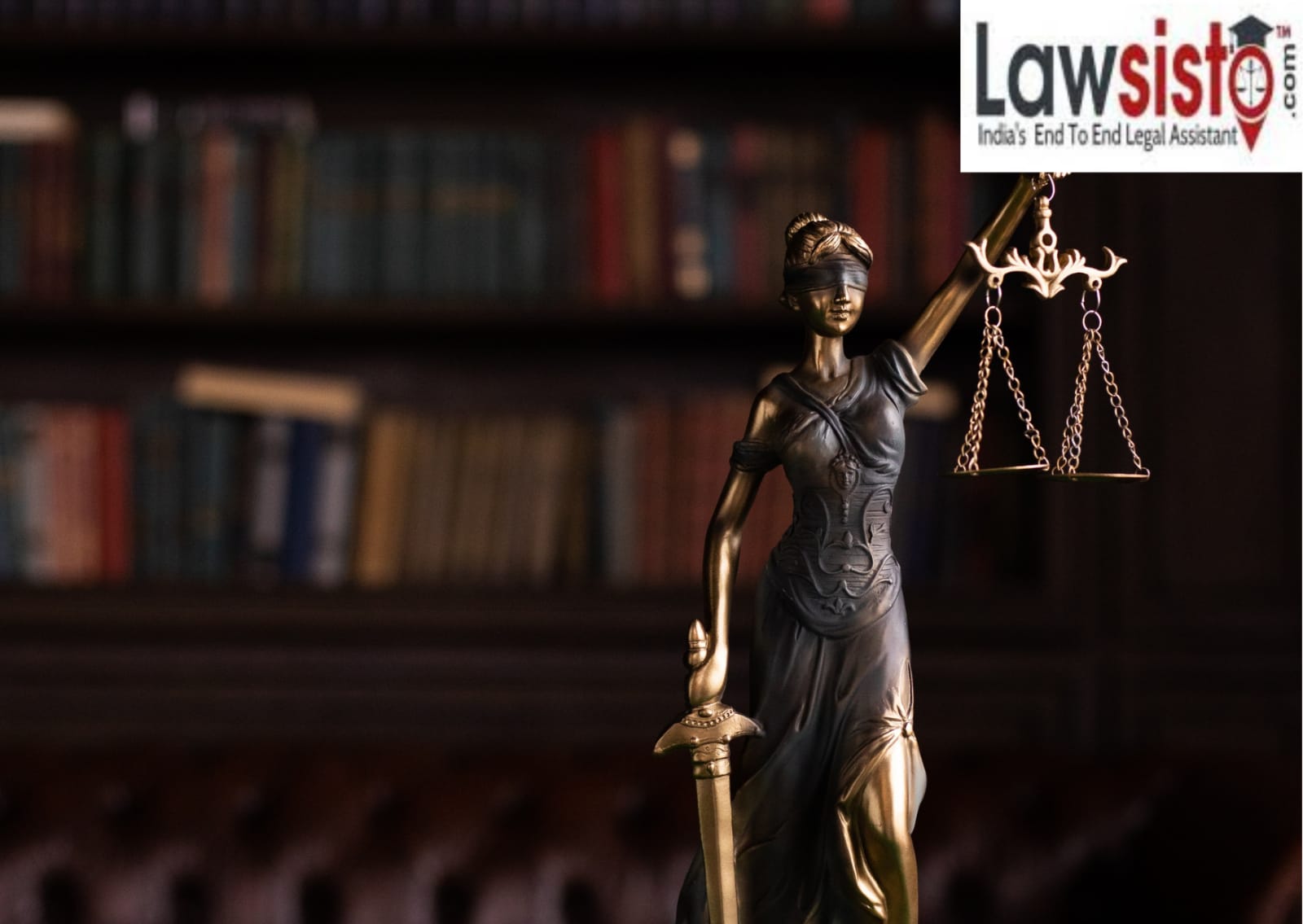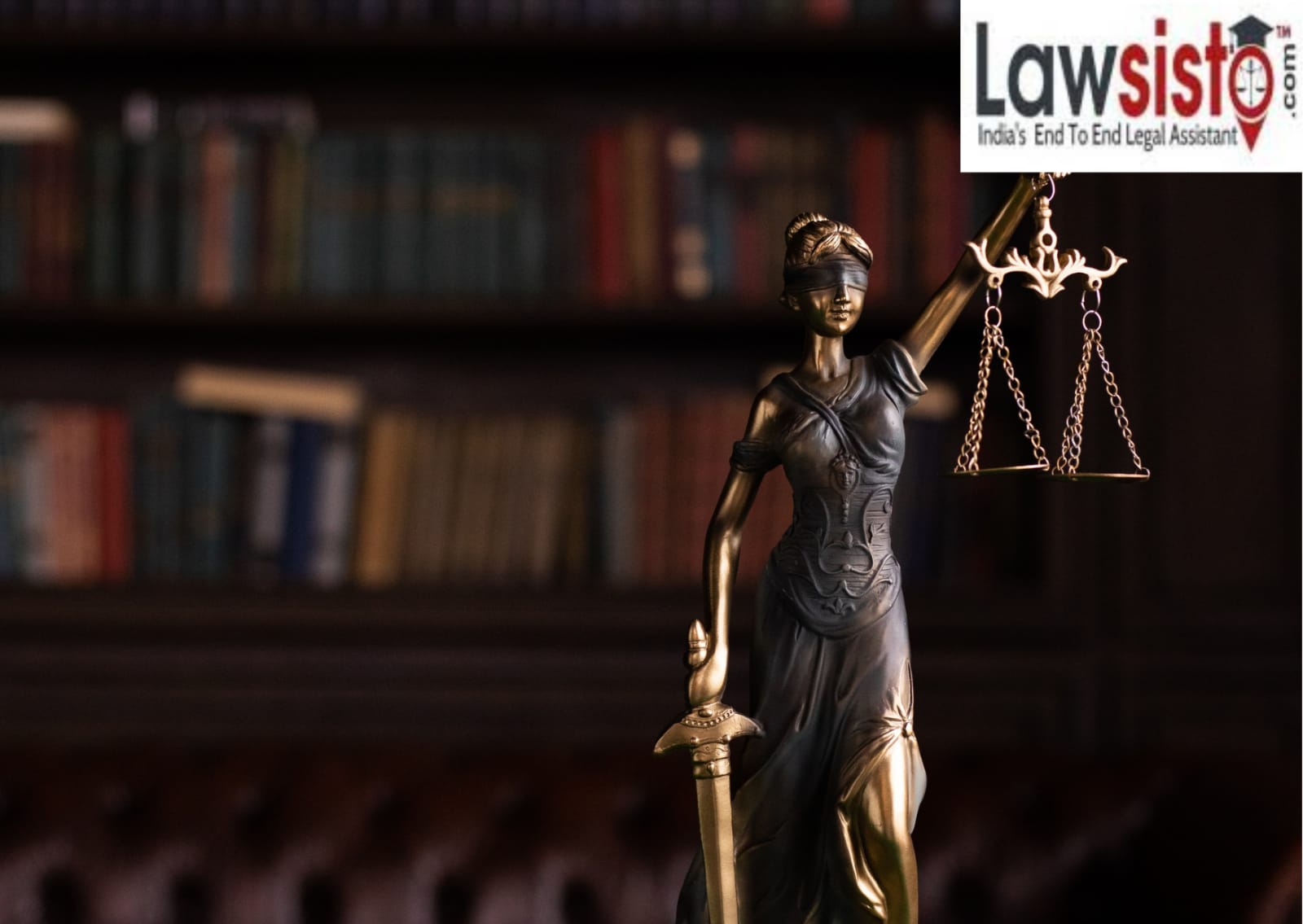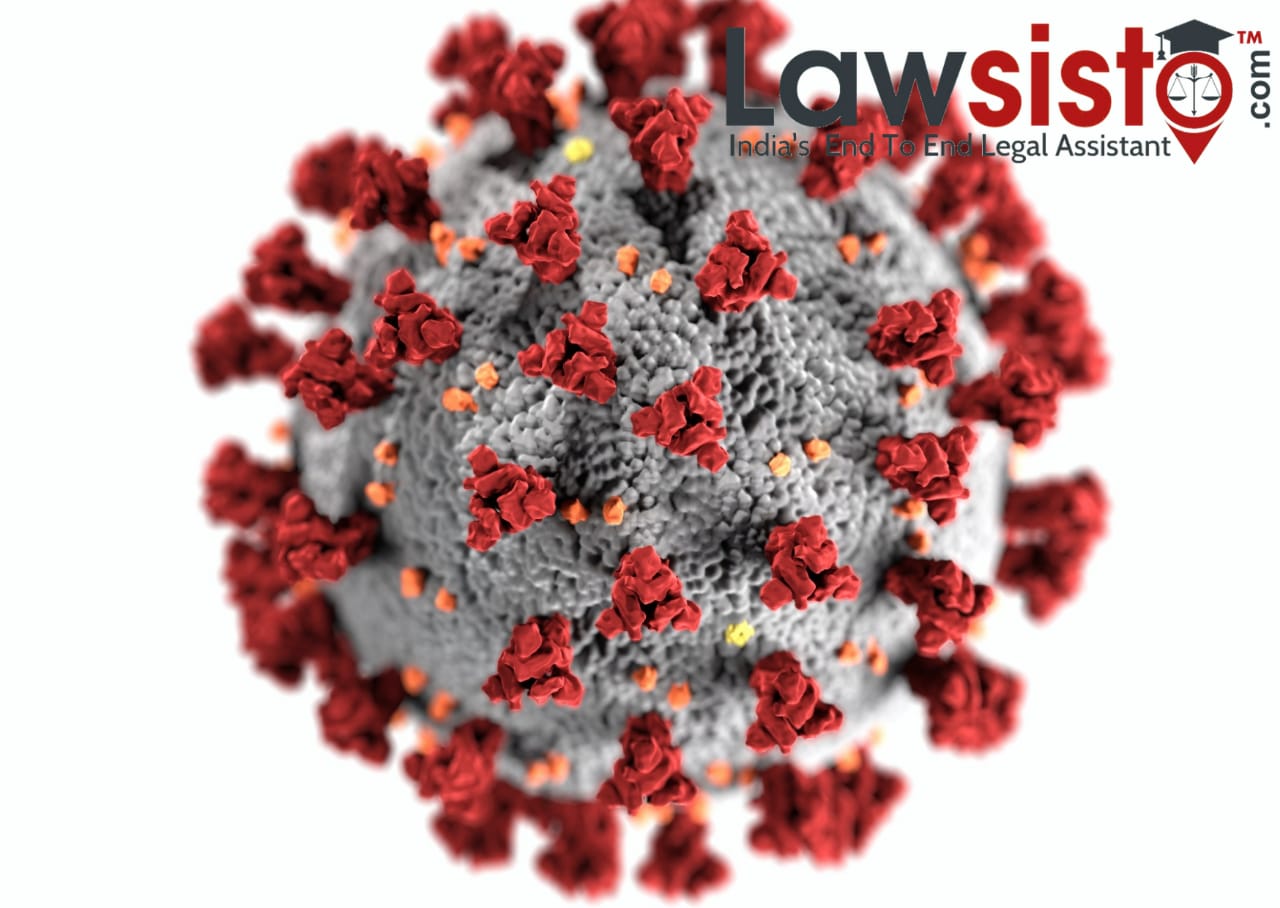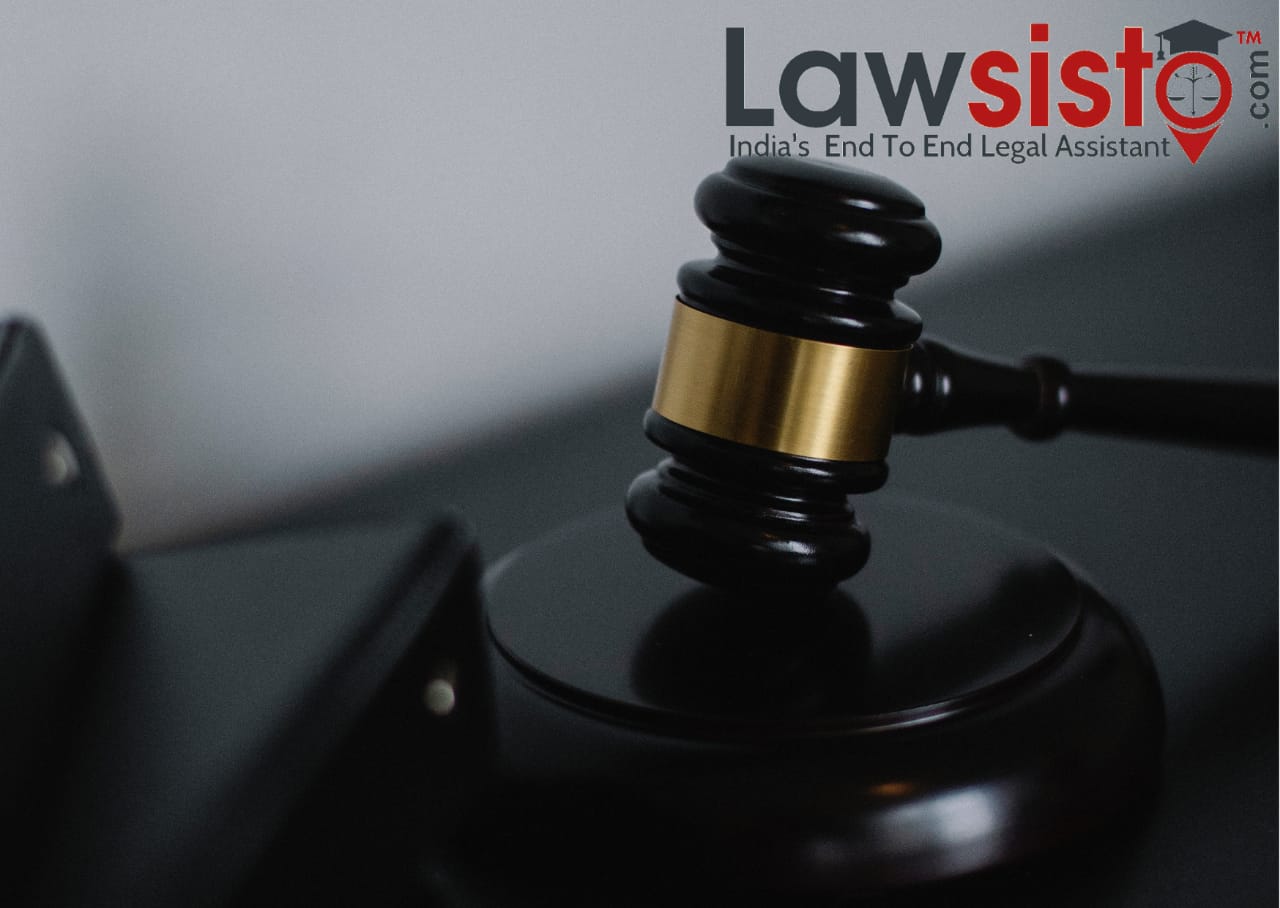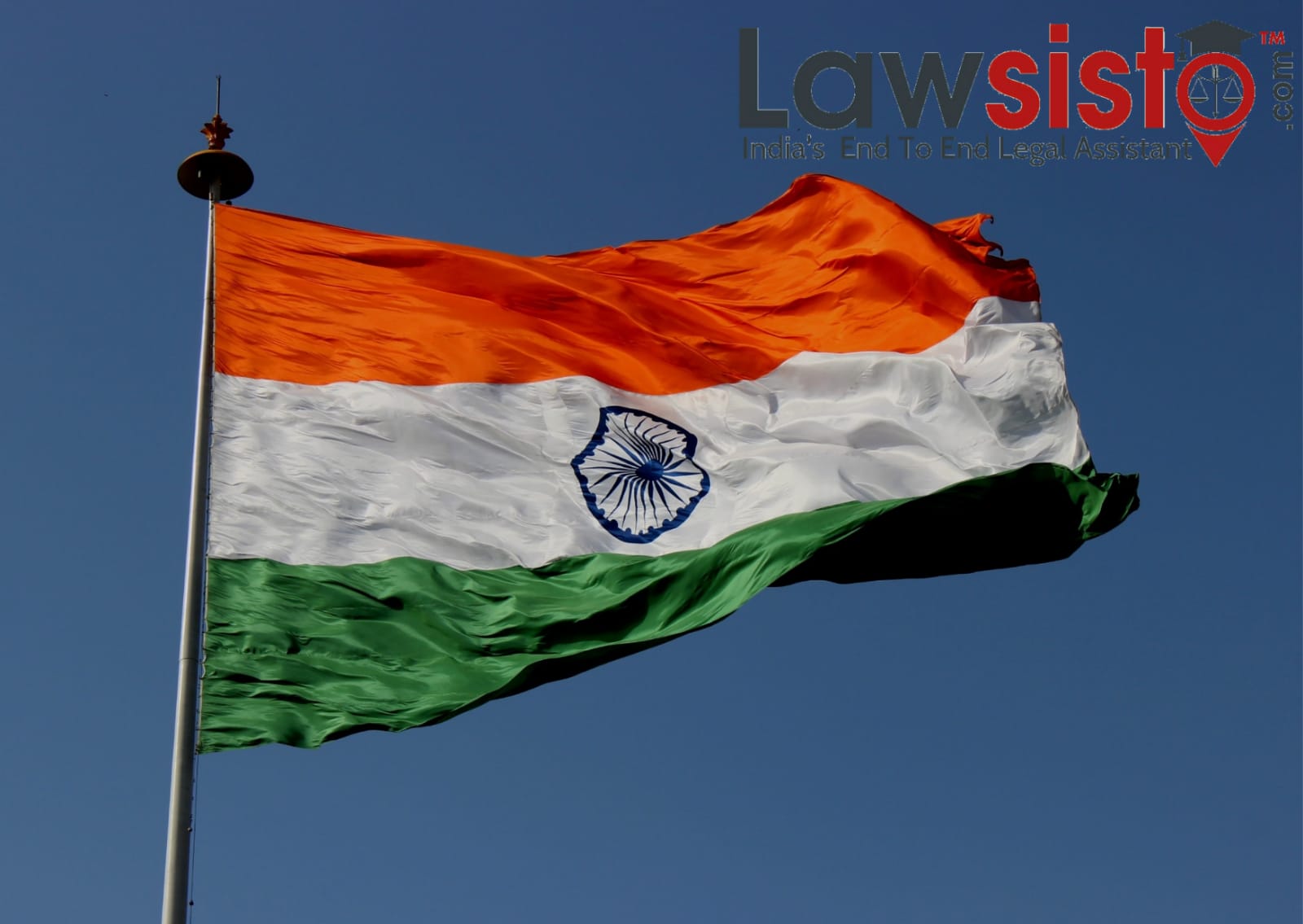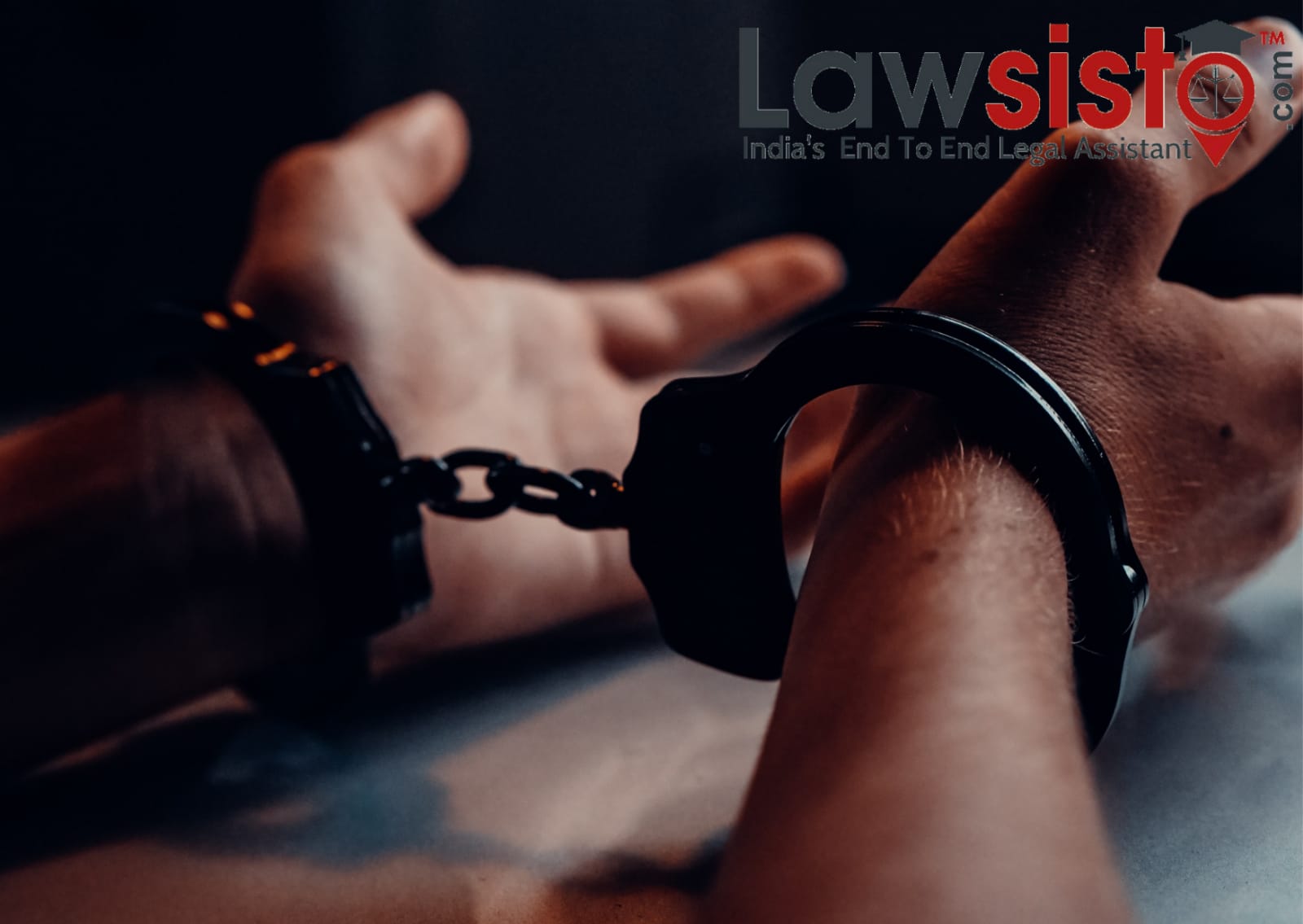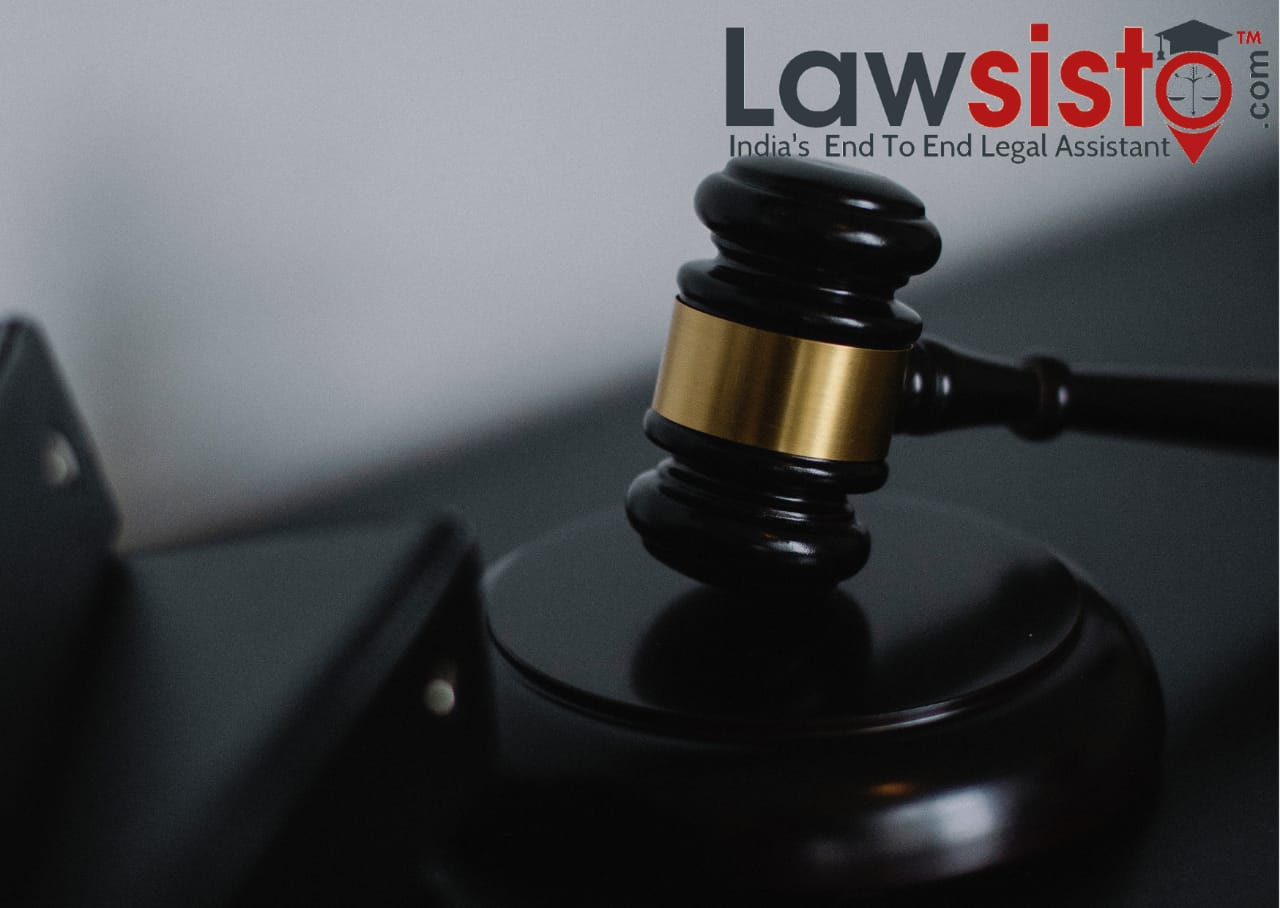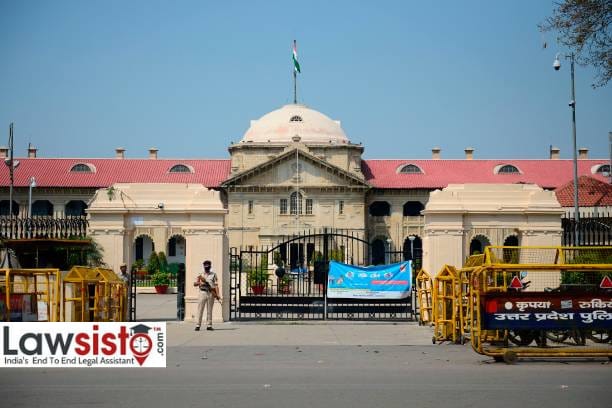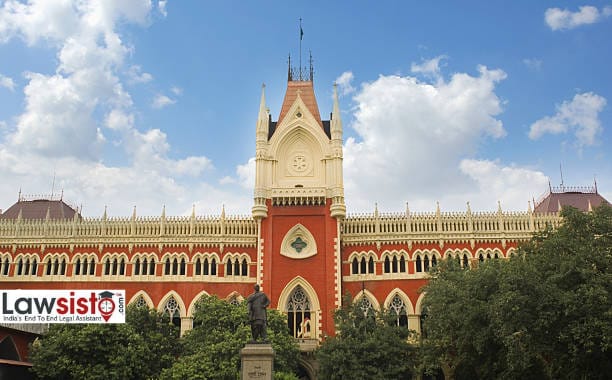Latest News
Judgement Analysis: Ashoka Kumar Thakur vs Union Of India (2007) 4 SCC 361
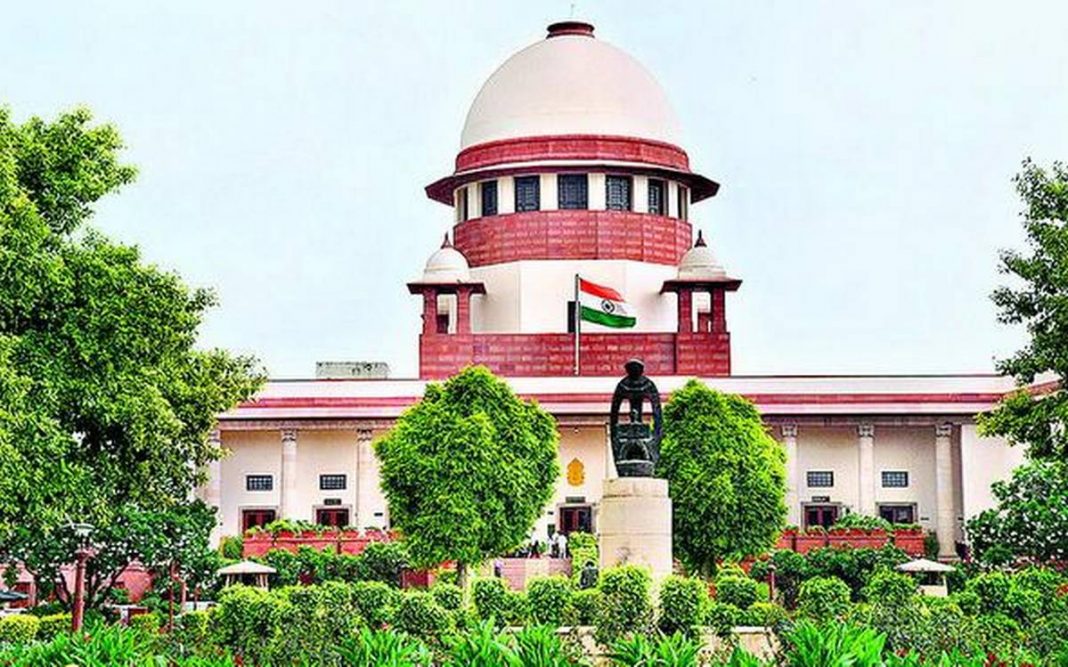
The Petition was filed by the Petitioner in 2006 following the enactment of the Constitution (Ninety-third) Amendment Act, 2005 and the enactment of Act 5 of 2007 giving reservation to Other Backward Classes (OBCs), Scheduled Castes (SCs) and Scheduled Tribes (STs) passed by the legislature. The Petitioner opposed the provision of 27% reservation for Other Backward Classes/Socially and educationally backward classes along with other reservations in The Central Educational Institutions (Reservation in Admission) Act, 2006. The present Act allowed the reservation to the above-mentioned classes for admissions at the higher education institutes which are aided by the centre. The other issues raised by the Petitioners include:
- Declaring the 93rd amendment unconstitutional as it violates the basic structure of the Constitution.
- Declaring the concept of the ‘Creamy Layer’ under the impugned Act as unconstitutional.
- Whether the Act 5 of 2007 is constitutionally invalid given the definition of “Backward Class”?
Arguing upon the above issues the Counsel for the Petitioners argued that the Principle of Reservation stands against the Principles of equality and be declared unconstitutional and the application of the Principle of Creamy Layer be extended also to SC and ST.
Over the issue of the Constitutionality of the 93rd Amendment, the Court took reference from a major number of landmark judgements including the His Holiness, Kesavananda Bharati, Sripadagalvaru Vs. State of Kerala (1973) 4 SCC 225, Smt. Indra Gandhi Vs. Raj Narain (1976) 2 SCR 347 and M. Nagaraj and Ors. v. Union of India and Ors. 2006 (8) SCC 212 and weighed over the intent of the Court to keep the extent of adaptability of Part III of the Constitution of India and the Basic Structure very wide to assimilate the new Constitutional Amendments with time. The bench held that the 93rd Amendment stands Constitutional as the application of reservation over the Higher educational institutions stand valid as it applies only on the central government-aided colleges.
Over the issue of Article 15 subclause (4) and (5) the Petitioner contended that the articles contain start with ‘nothing in this article’ and this phrase is used to exclude the application over the minority institutions and thus abusing the Constitutional Principle that while interpreting the provisions of Constitution, effect shall be given to all the provisions of the Constitution and no provision shall be interpreted in a manner as to make any other provision in the Constitution inoperative or otiose. However, the bench while referring to the impugned clauses held that the clauses were the enabling clauses and these were introduced to give effect to the protections provided to minority institutions under Article 30(1).
The bench after hearing to the arguments regarding the Creamy Layer held that the exclusion of the Creamy Layer from the reservation and its applicability over the OBCs is valid and referred to the Indira Sawhney judgement and stated that the judgement was taken with special reference only to OBCs. The judgement recommended the revision of the O.M. list every 5 years and the same should be followed strictly. The reference was taken from the Law Commission reports and the Mandal Commission which also recommended the exclusion of Creamy Layer from the reservation. The Court weighed on the recommendation of exclusion of Creamy Layer from the reserved classes in OBCs and the Indira Sawhney judgement and held that the amendment stands valid only if the Creamy Layer is excluded if it is not excluded the whole Amendment stands unconstitutional.
Subject to the issue of the Constitutionality validity of Act 5 of 2007 concerning Articles 14, 15 and 19(1)(g), the contention was that the deciding of backwardness of any class was based on the sole criterion of caste and was totally illogical and arbitrary therefore unconstitutional. However, the reference was taken from the National Commission for the Backward Classes and the State Commission for Backward Classes which was constituted following the various judgements like Indira Sawhney. Over the issue of classes constituting the ‘backward classes and SEBC’, the bench referred to the guidelines recommended by the Commission for categorizing a class as a backward class and added that it constitutes a wide variety of variables other than the caste. Therefore, the contention was annulled and the act was declared Constitutional. The bench also took notice of the challenge of the Constitutionality of Act 5 of 2007 concerning the basic structure and regarded the challenge as unattainable by regarding the Keshwananda Bharti judgement that a Constitutional Amendment can only be challenged with regards to the basic structure and not legislation.
The issue was also raised by another Petitioner over the removal of the ‘Creamy Layer’ from the Act since the reservation applies to the educational institutes as the people from Creamy Layer also form part of the same caste. The Court over this contention held that the list constitutes the ones who are economically and socially at par with ones in General Category and if they are also given reservation then this would defeat the whole purpose of forming the concept of the Creamy Layer as the people in the Creamy Layer would grab that reservation and the ones who are actually needy would be on backfoot.
Document:

